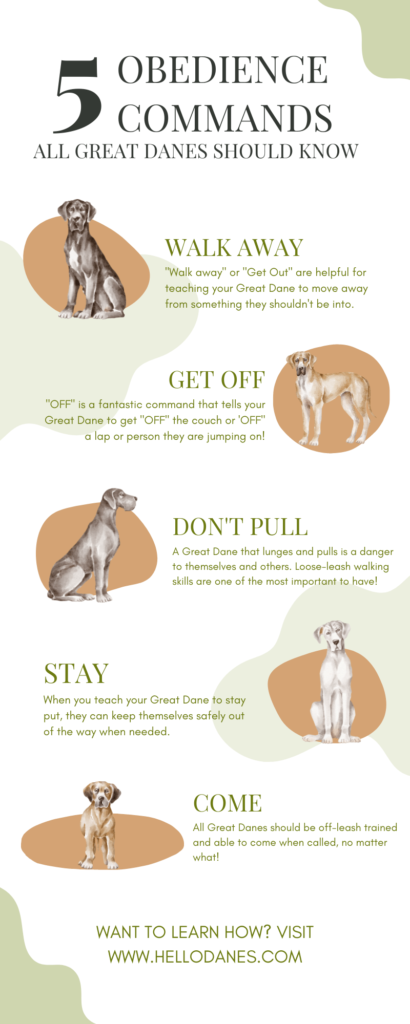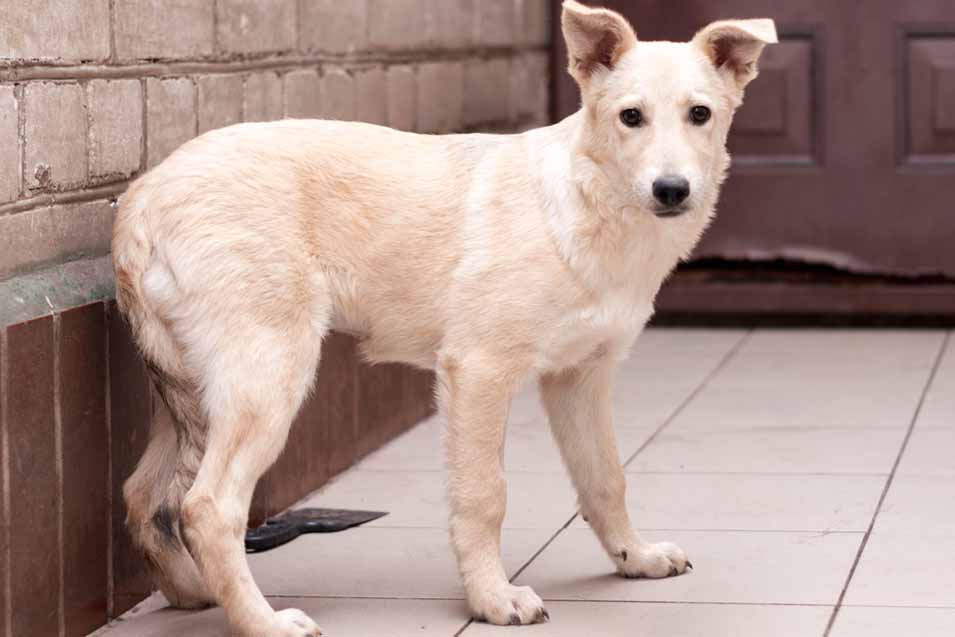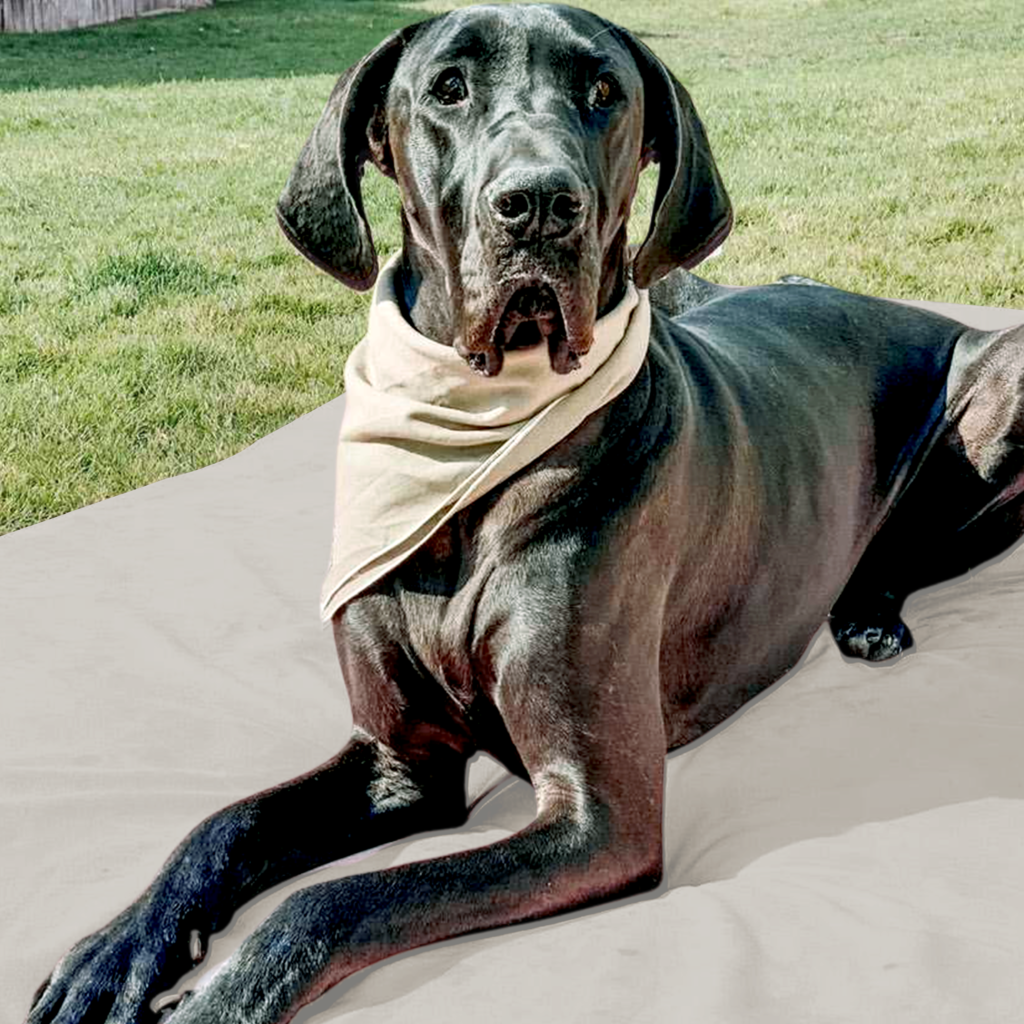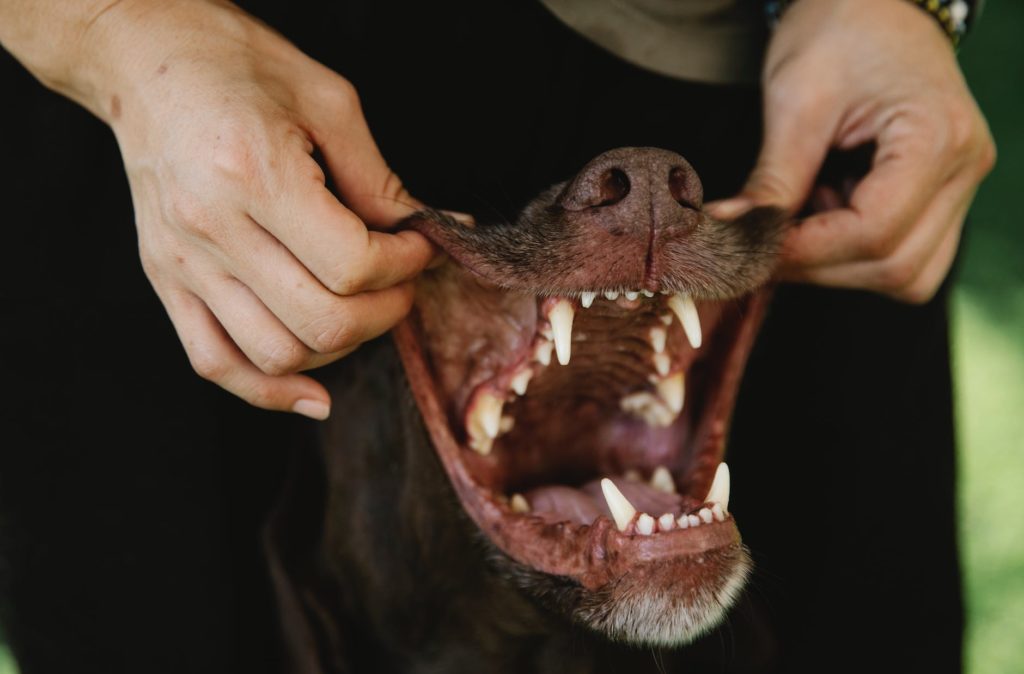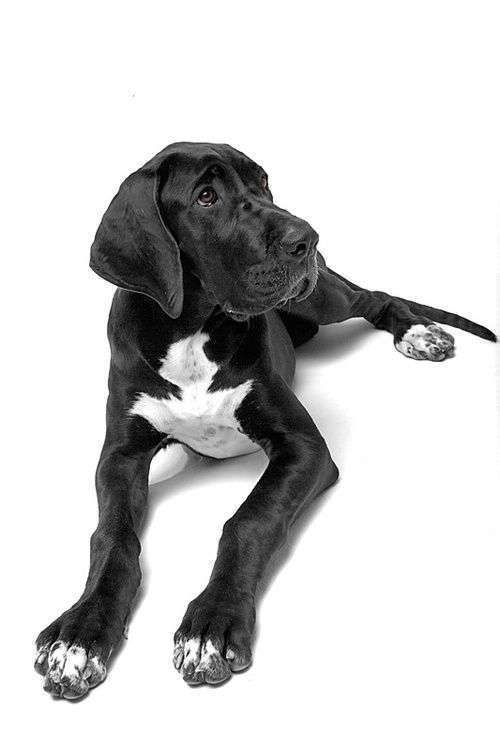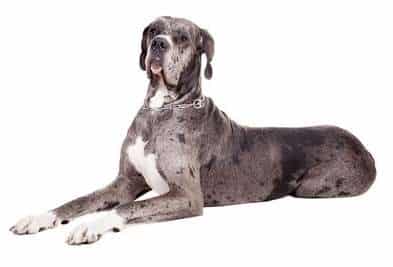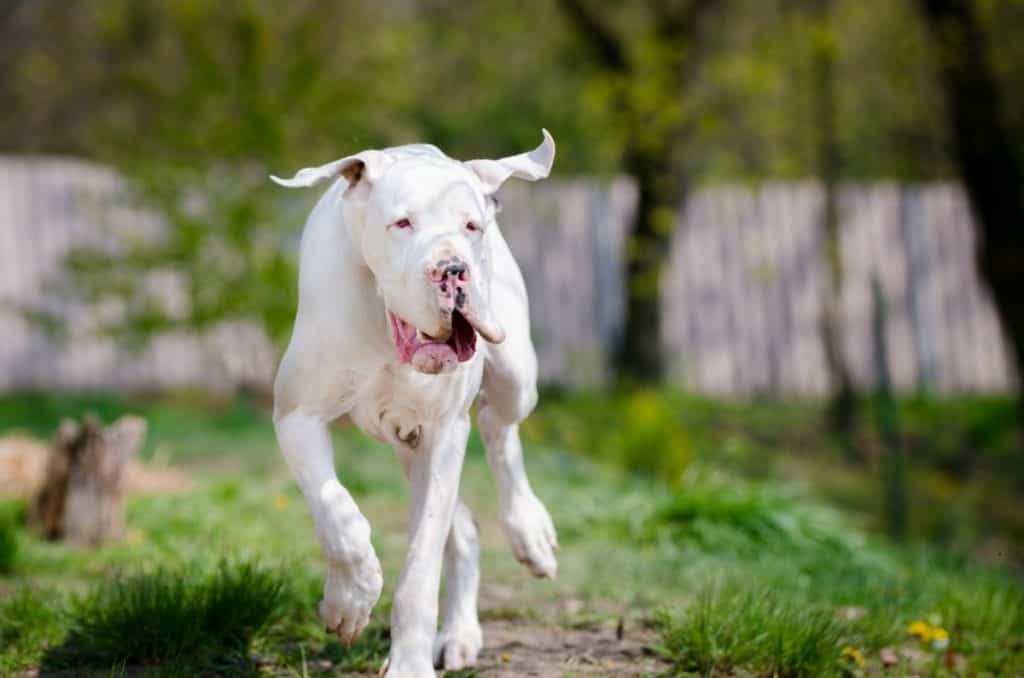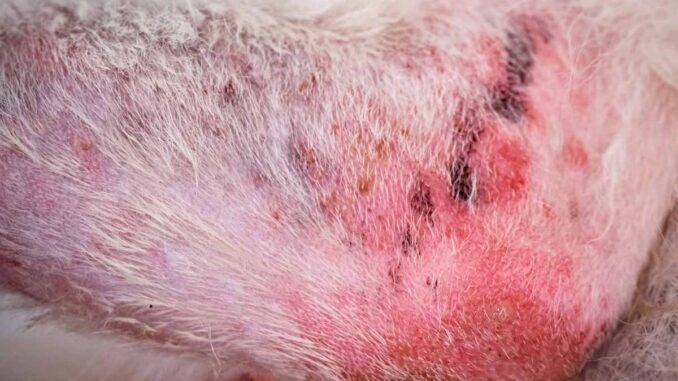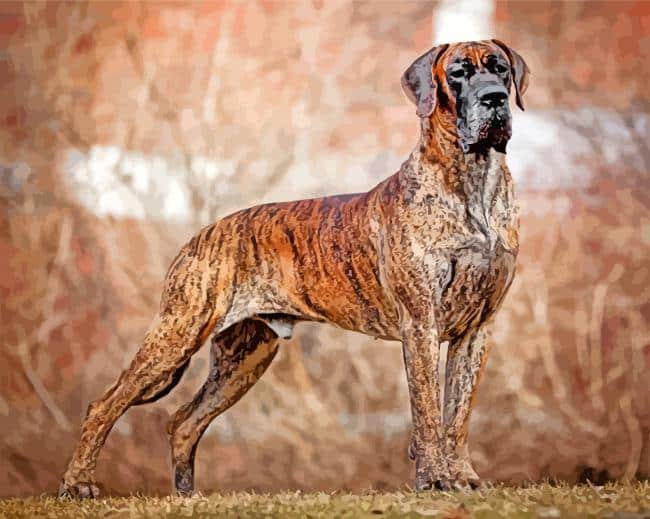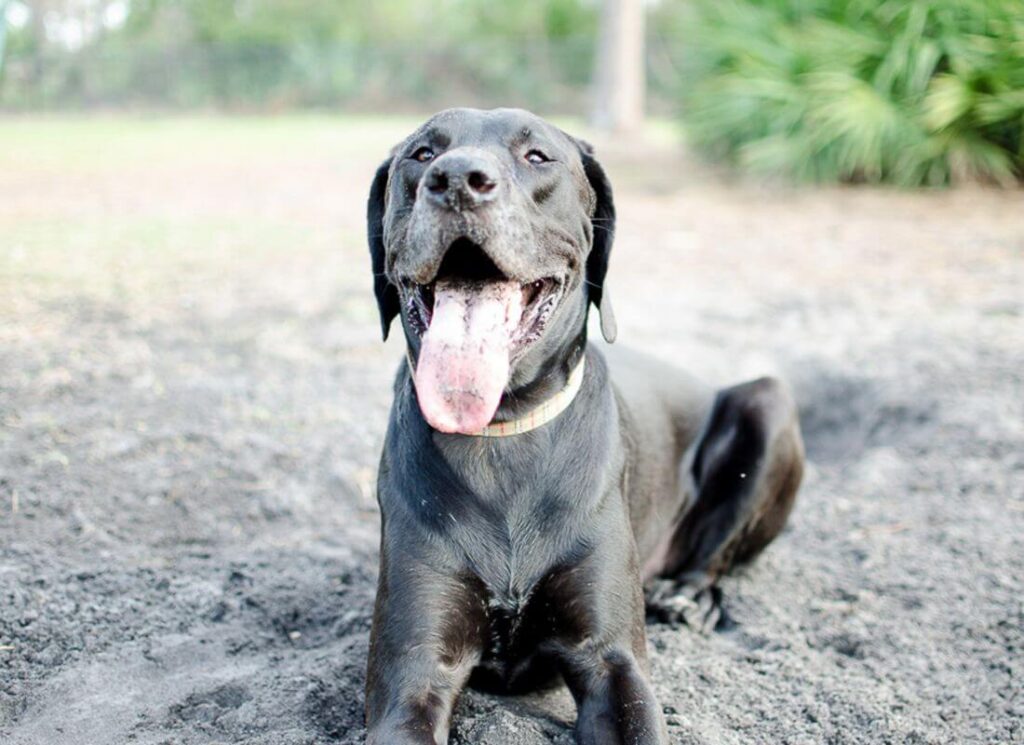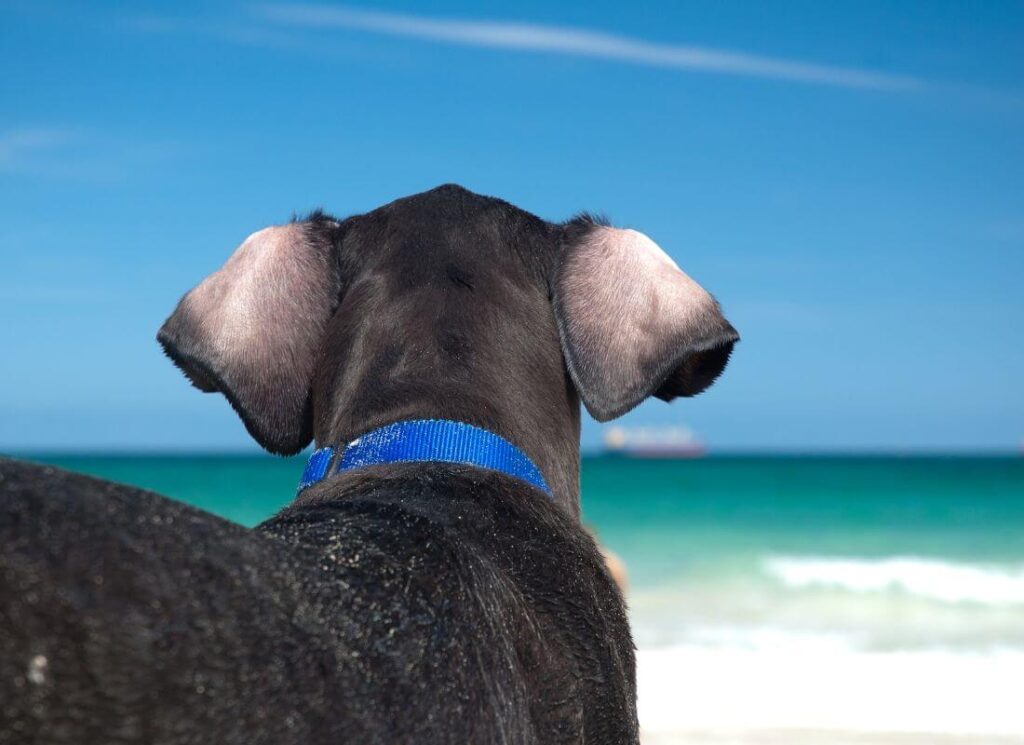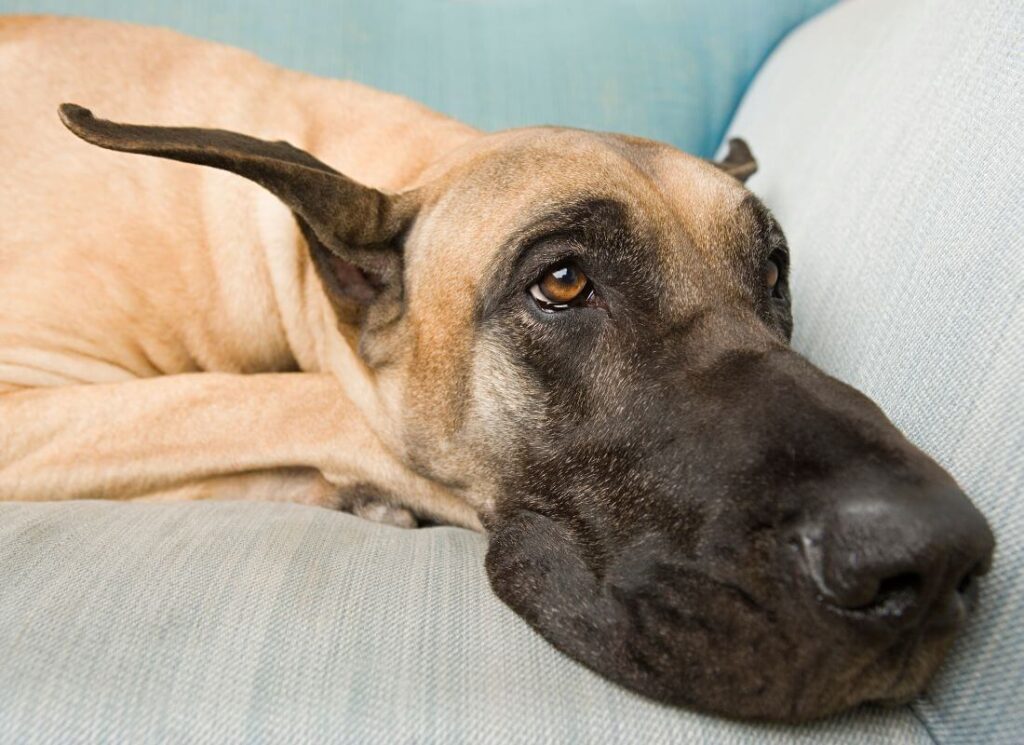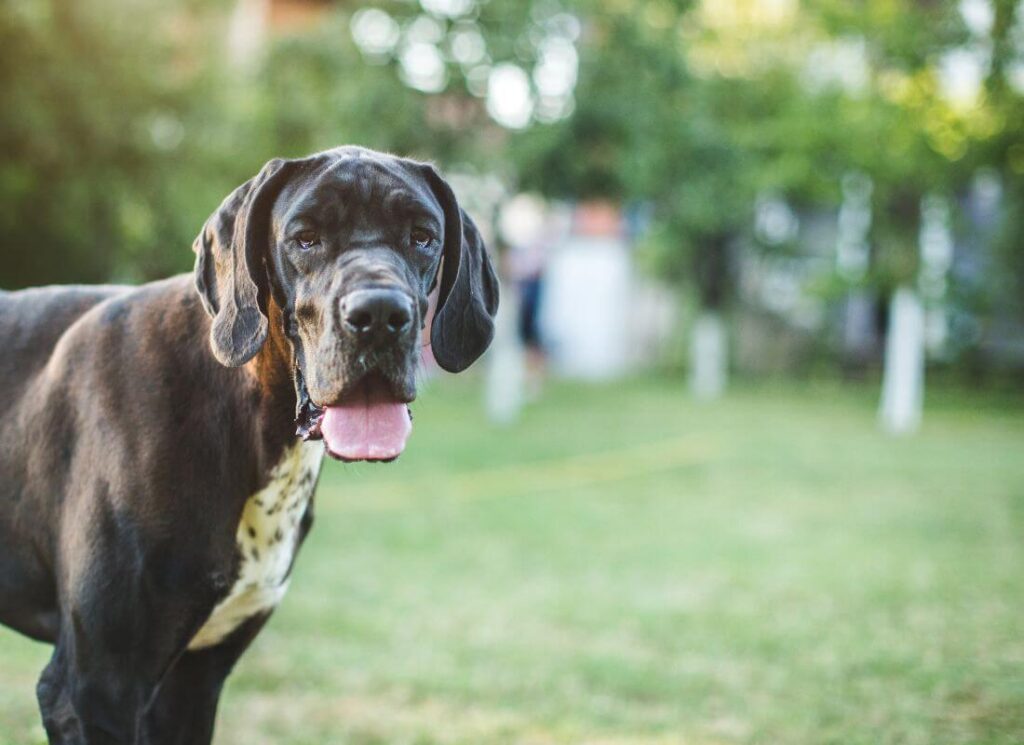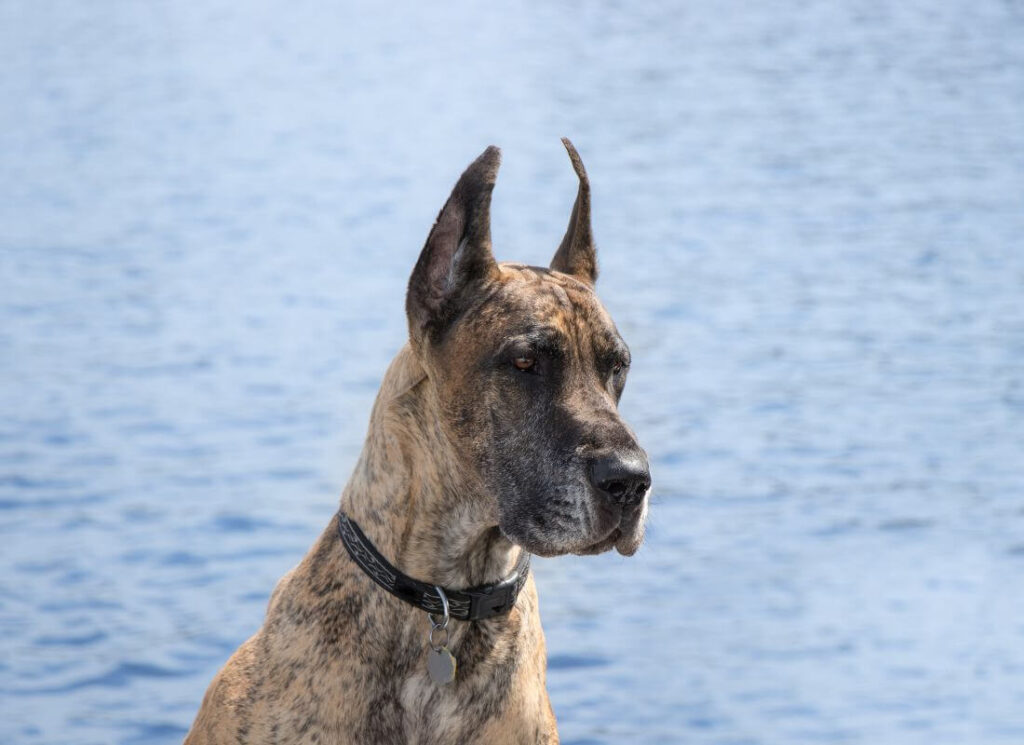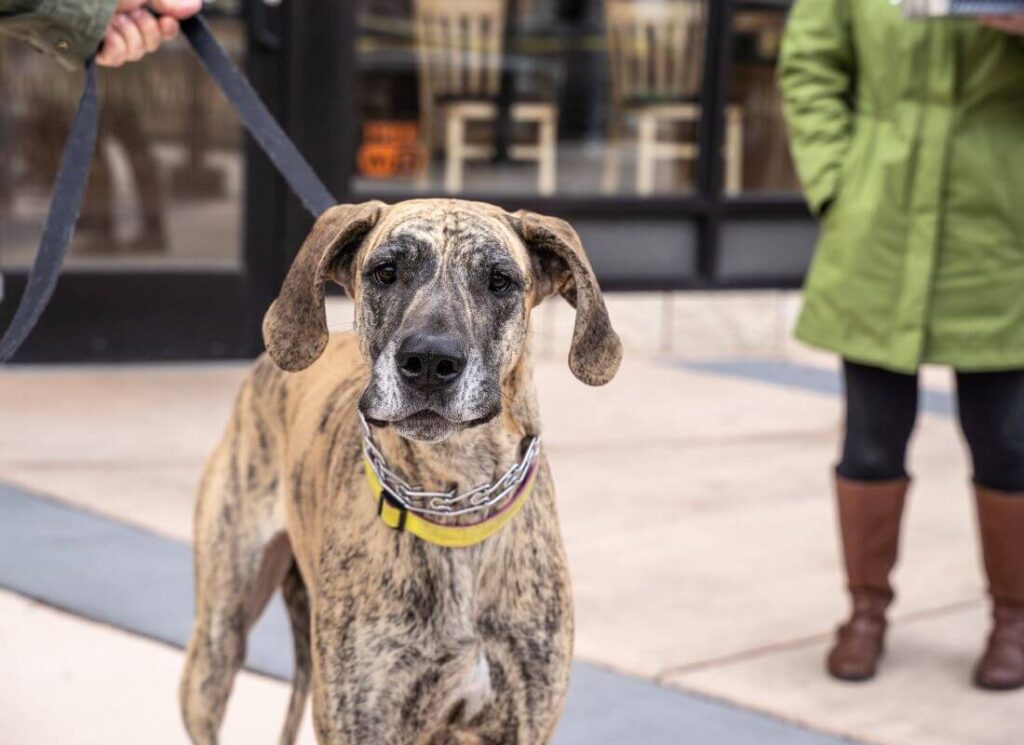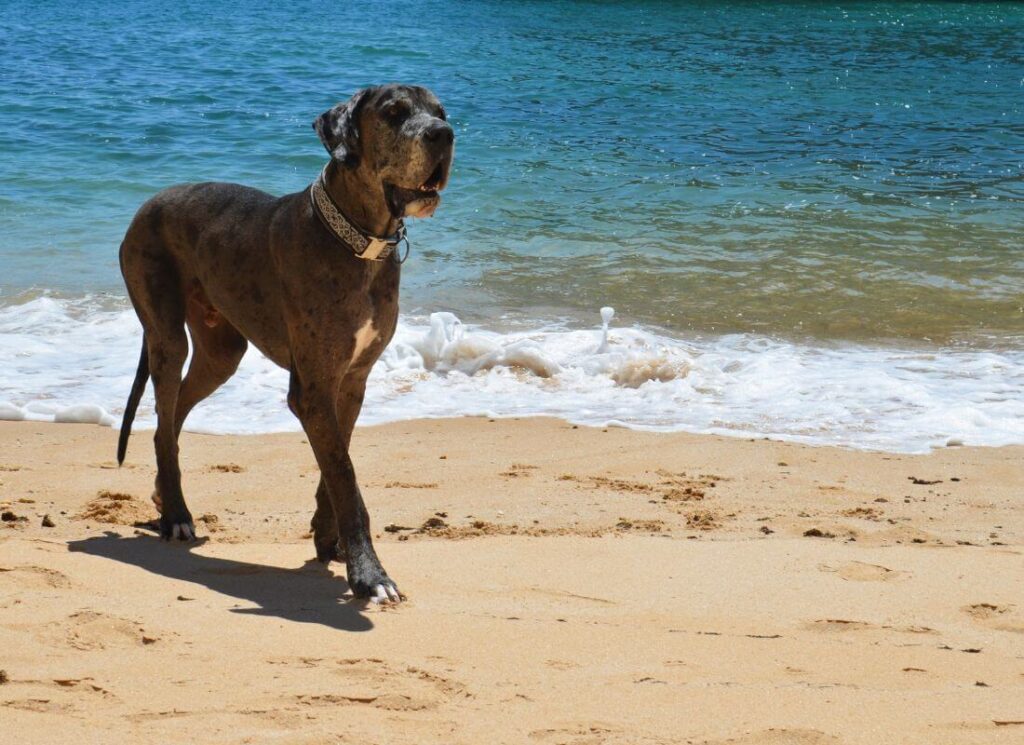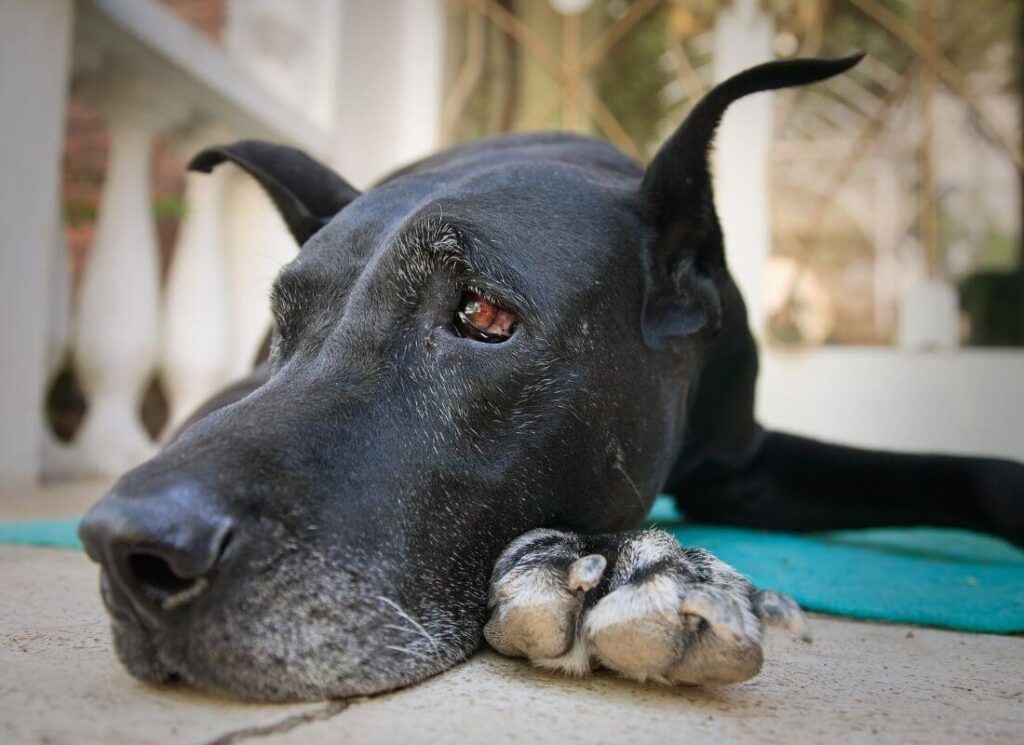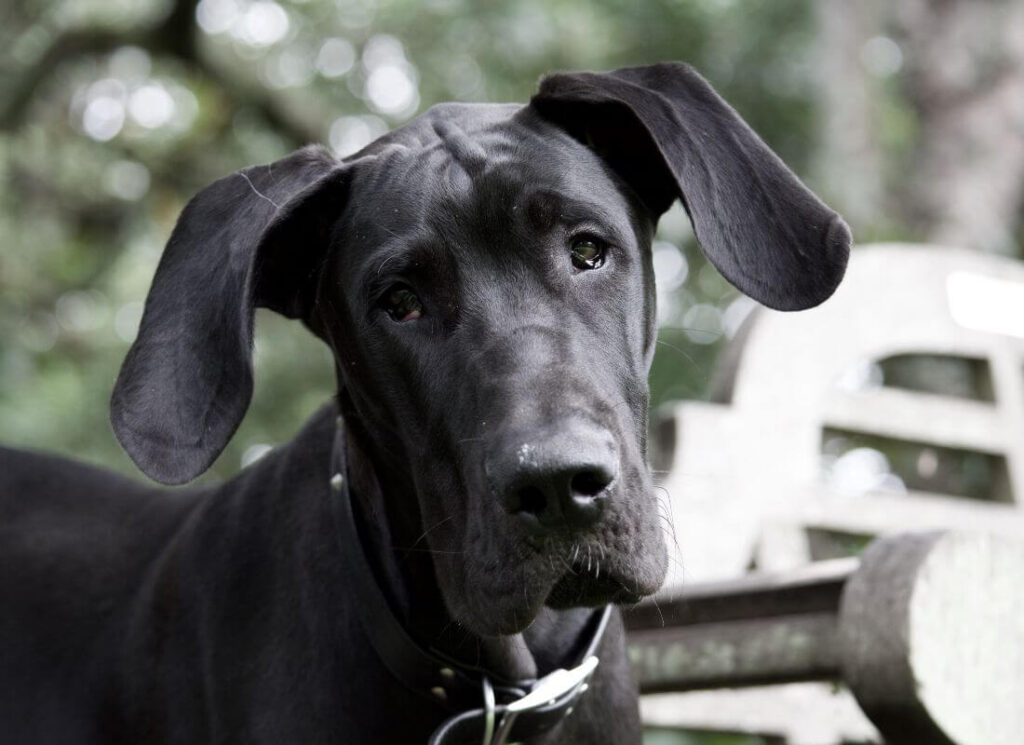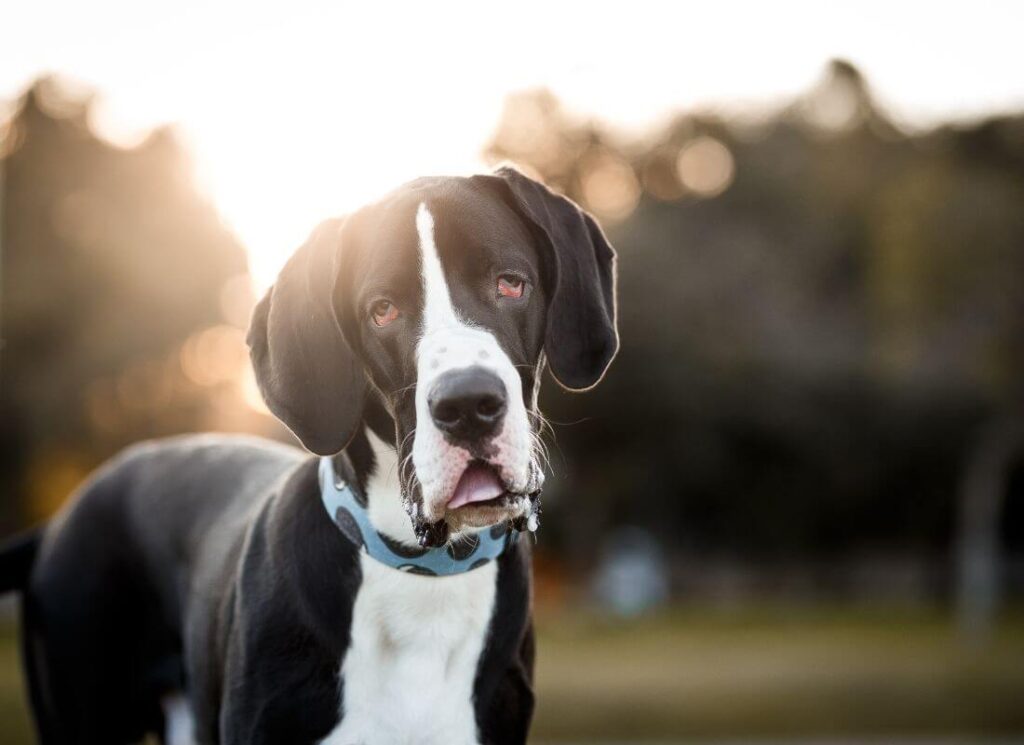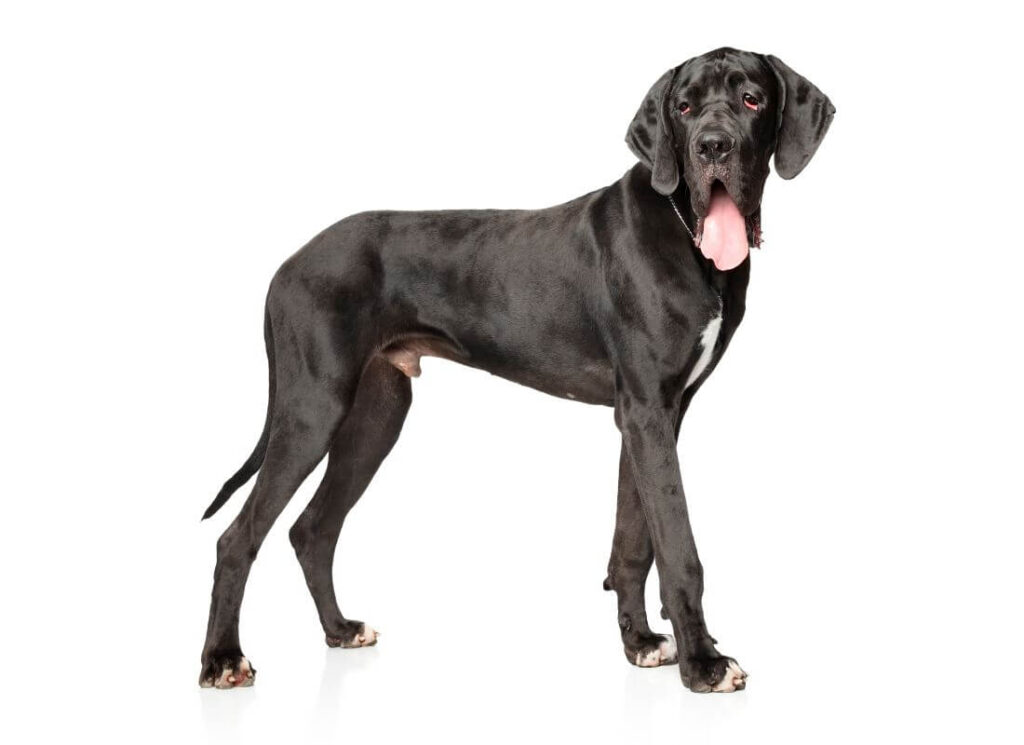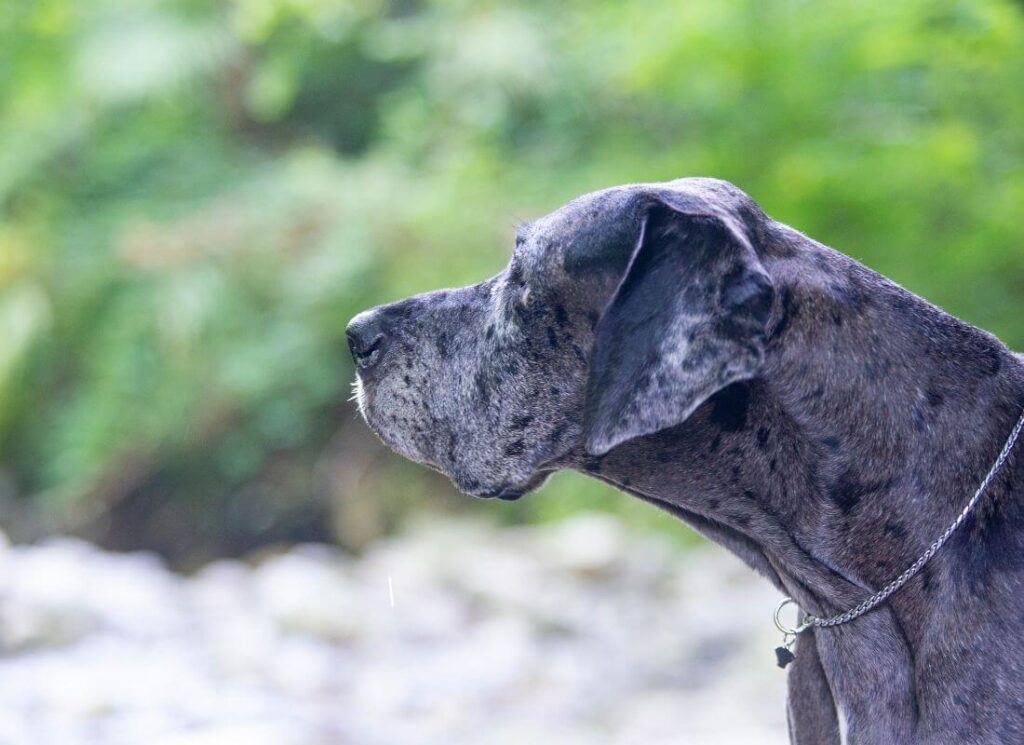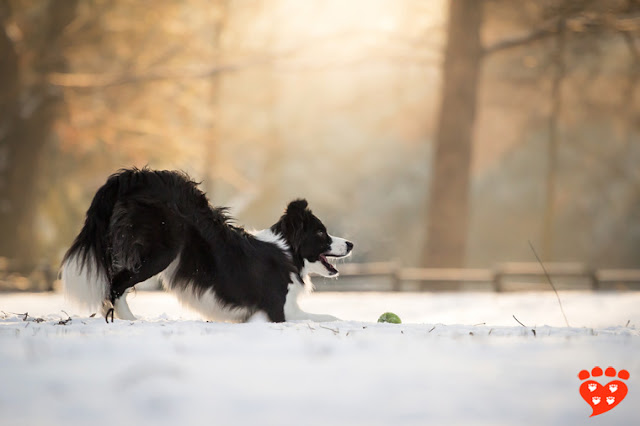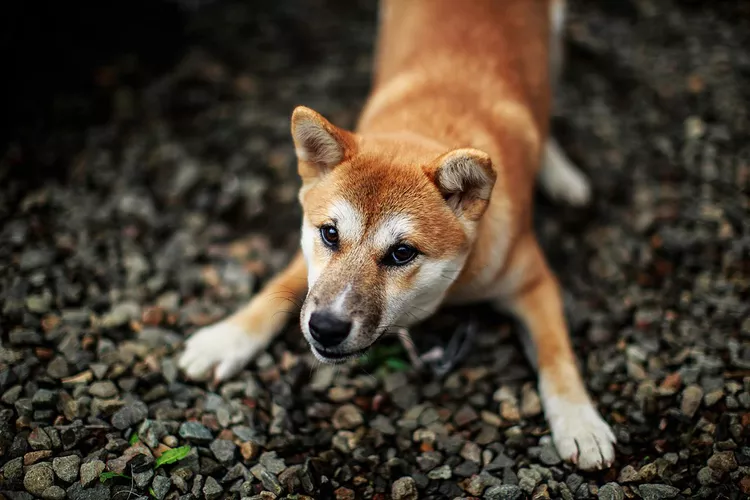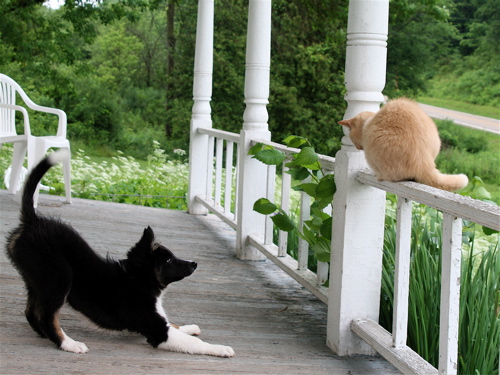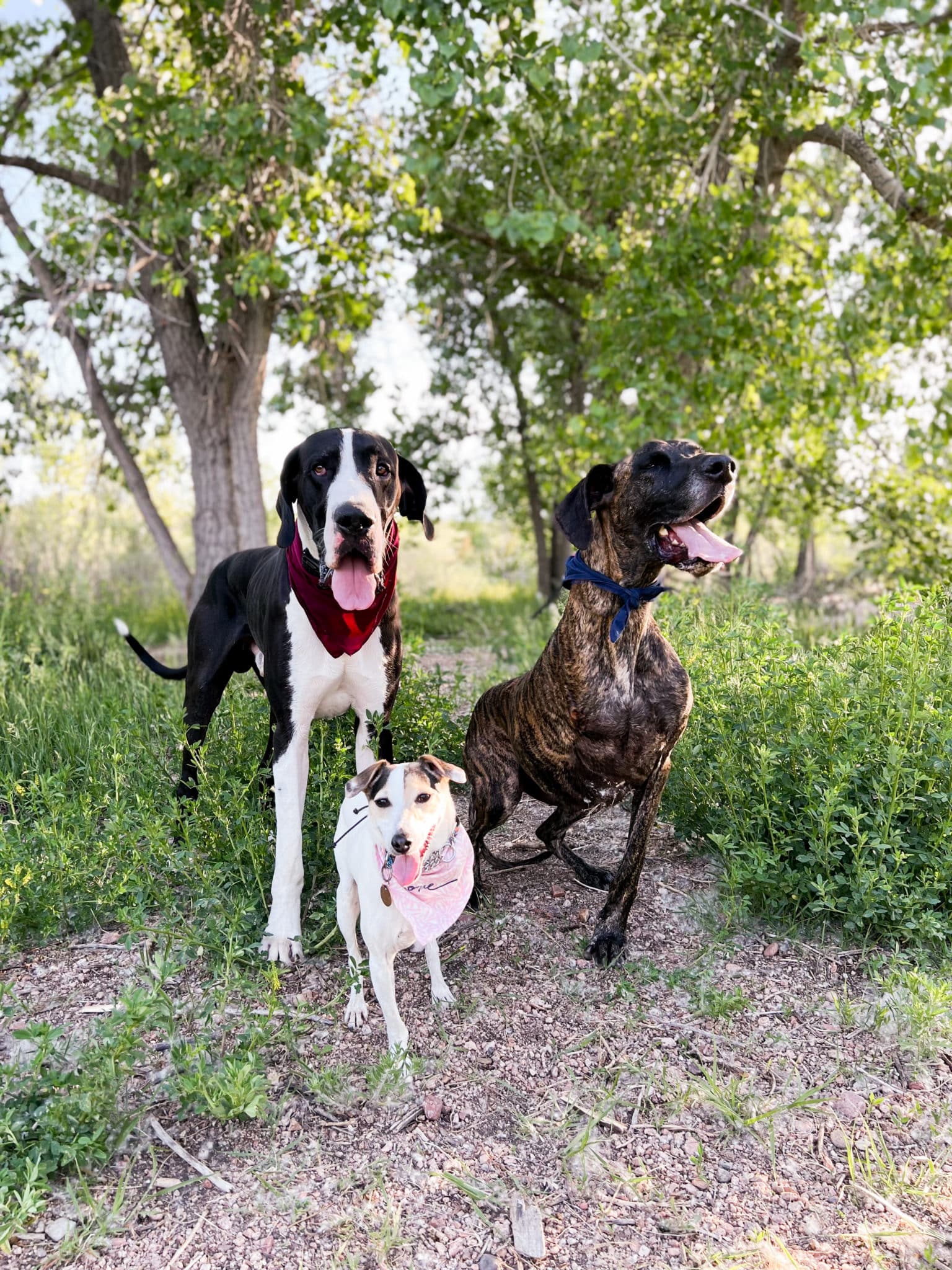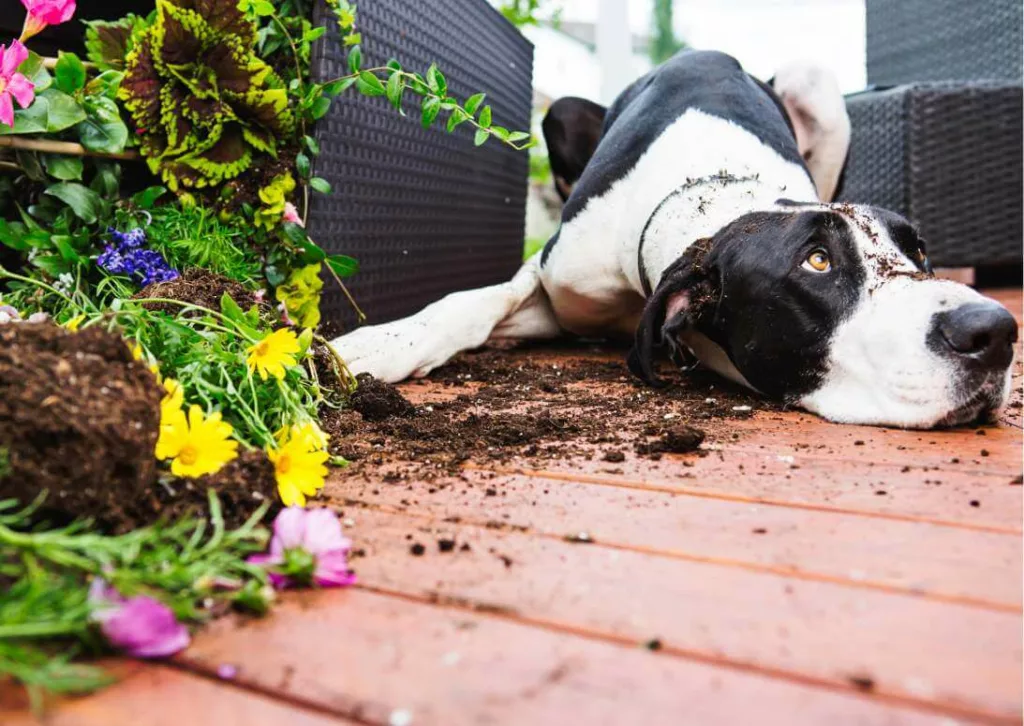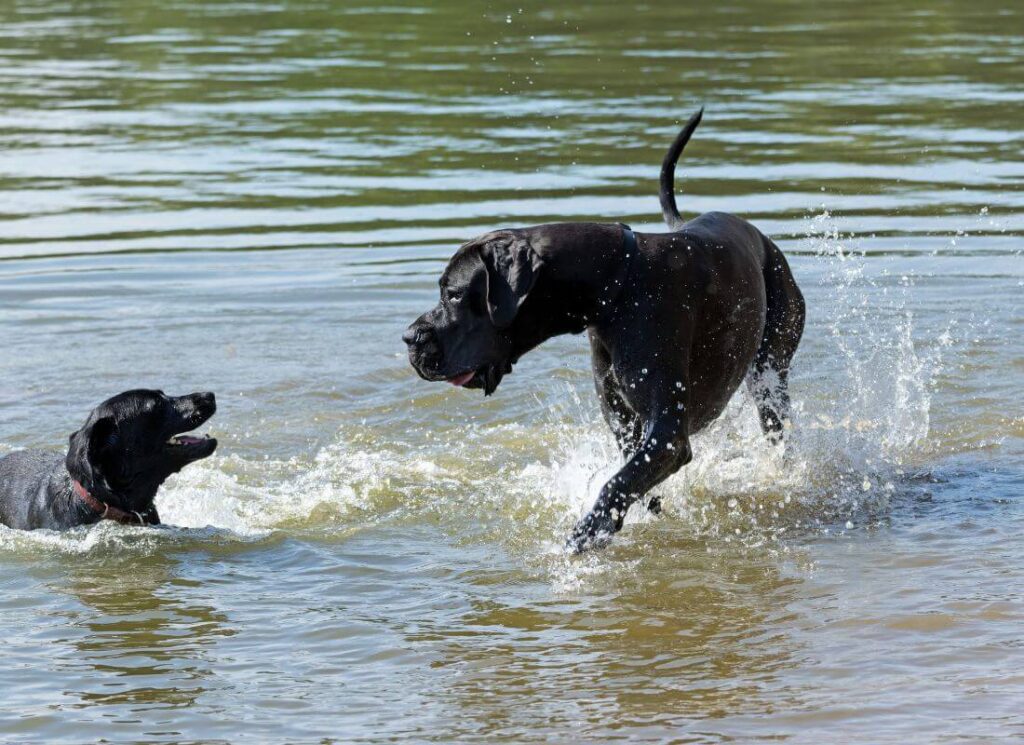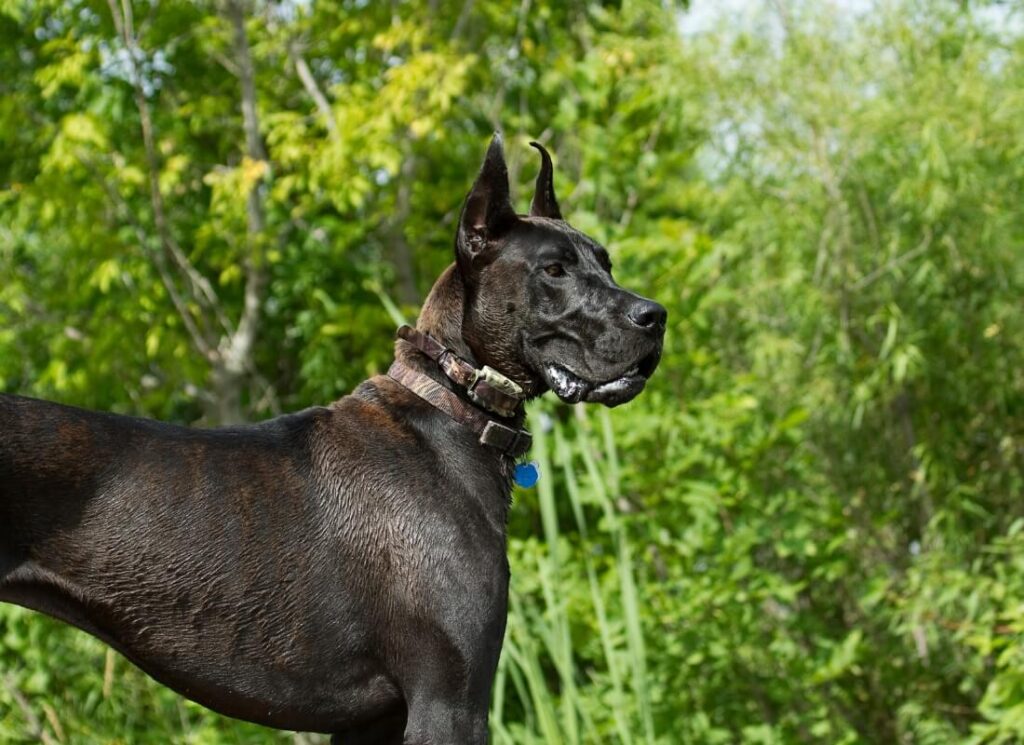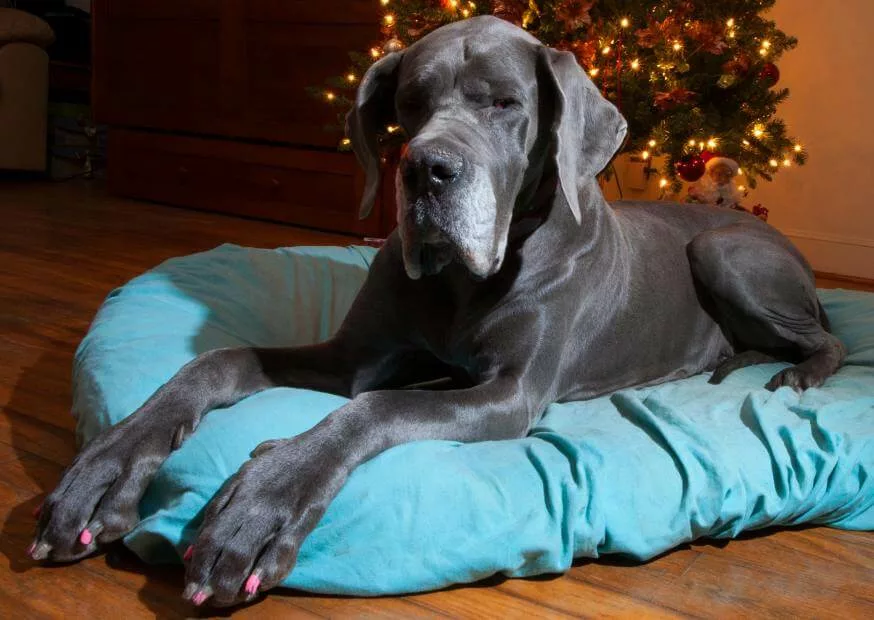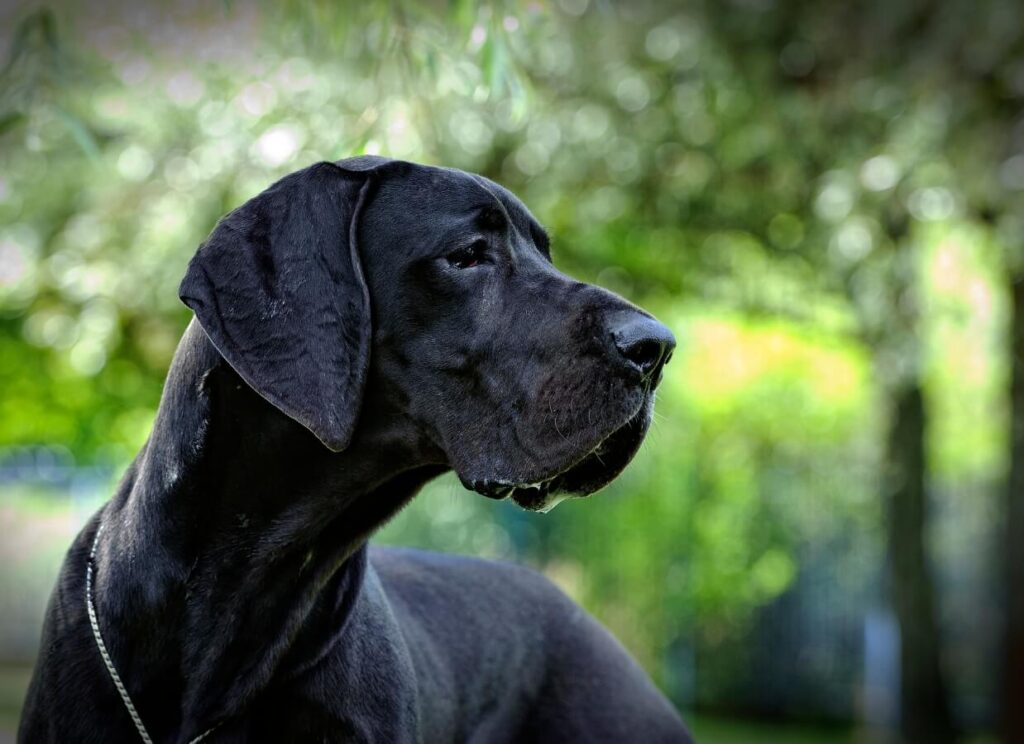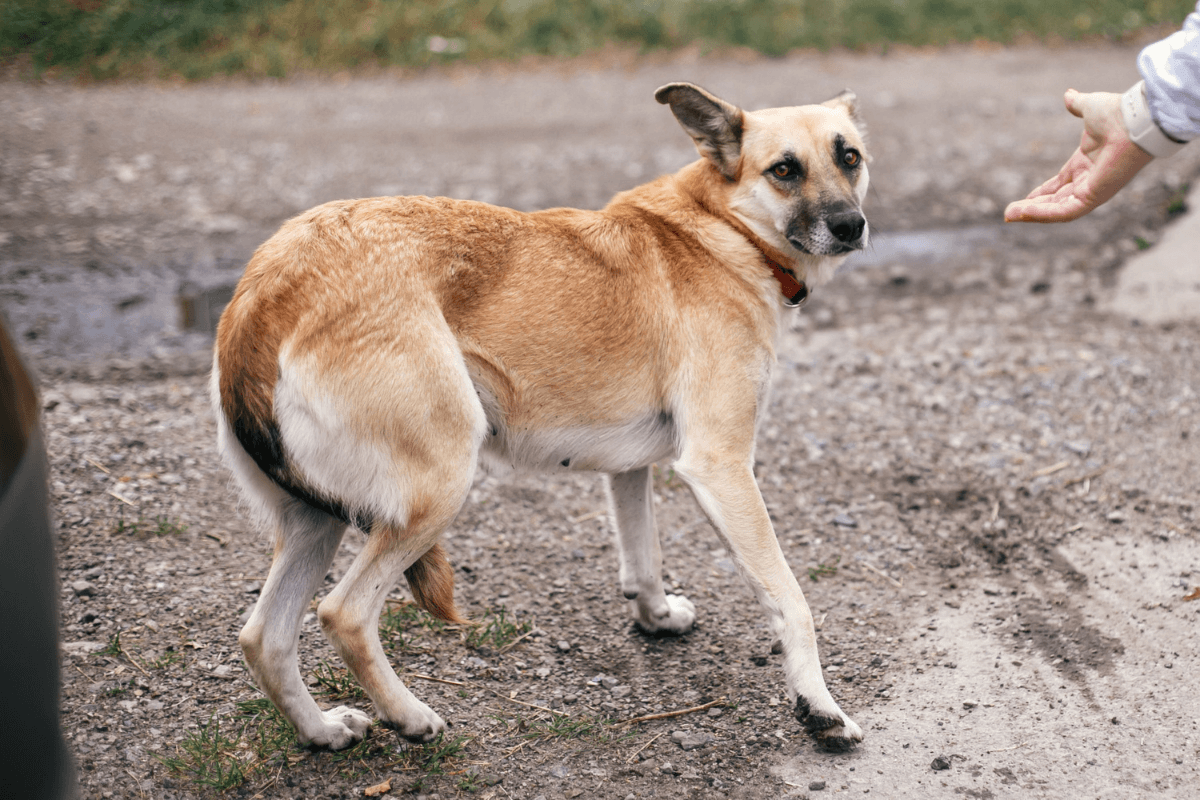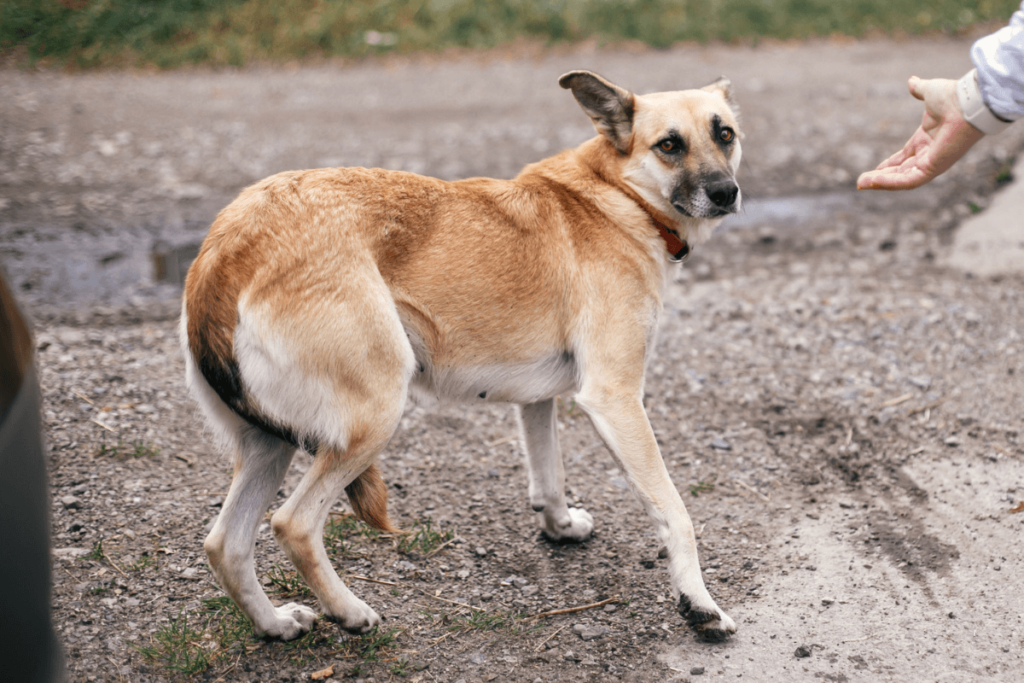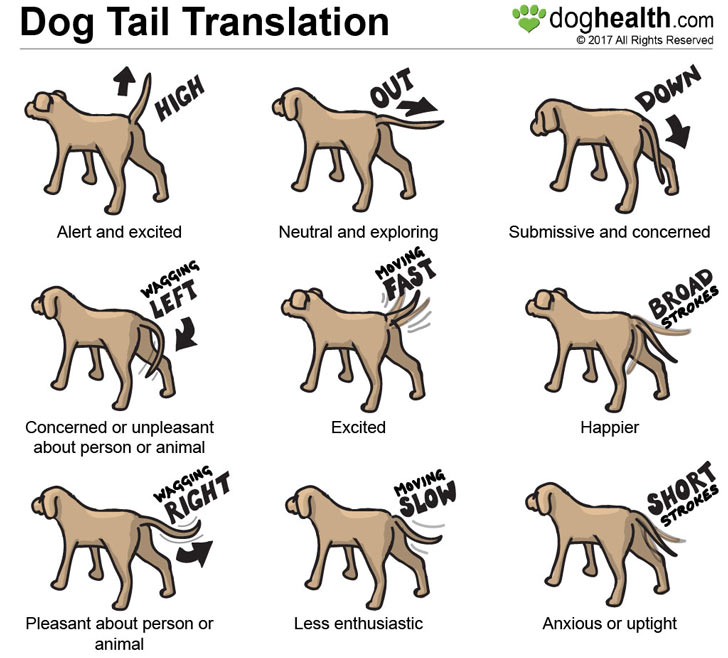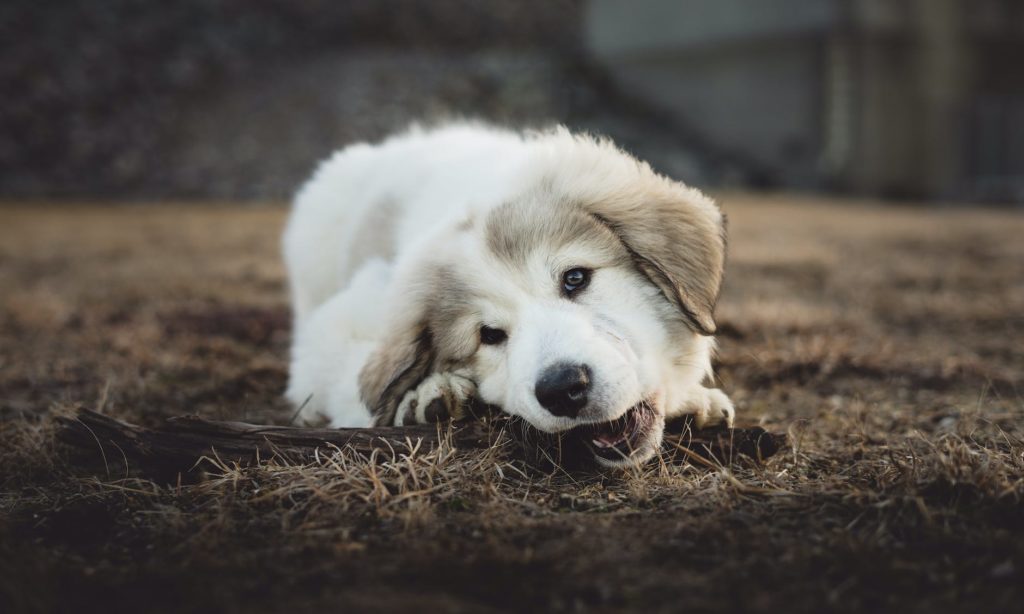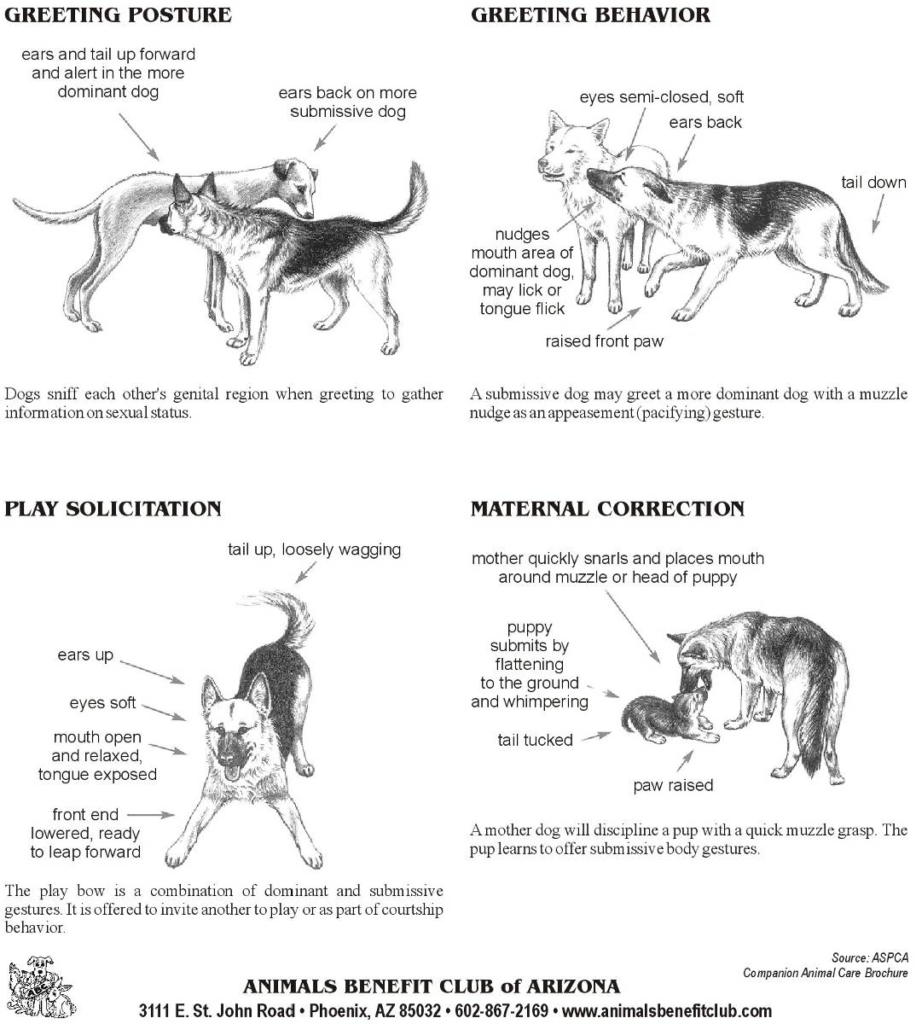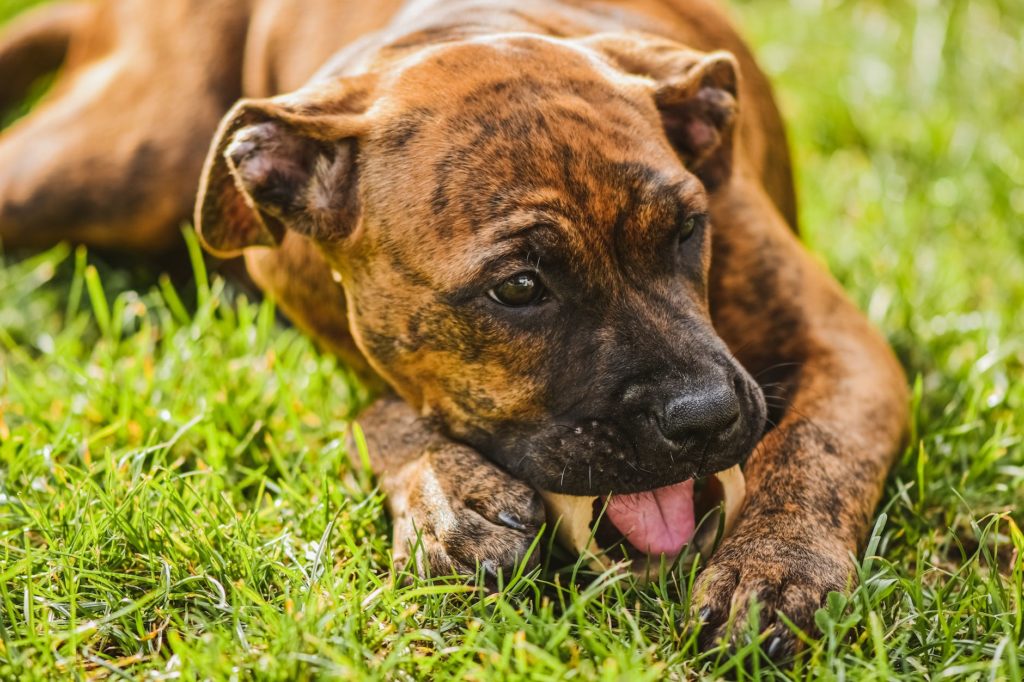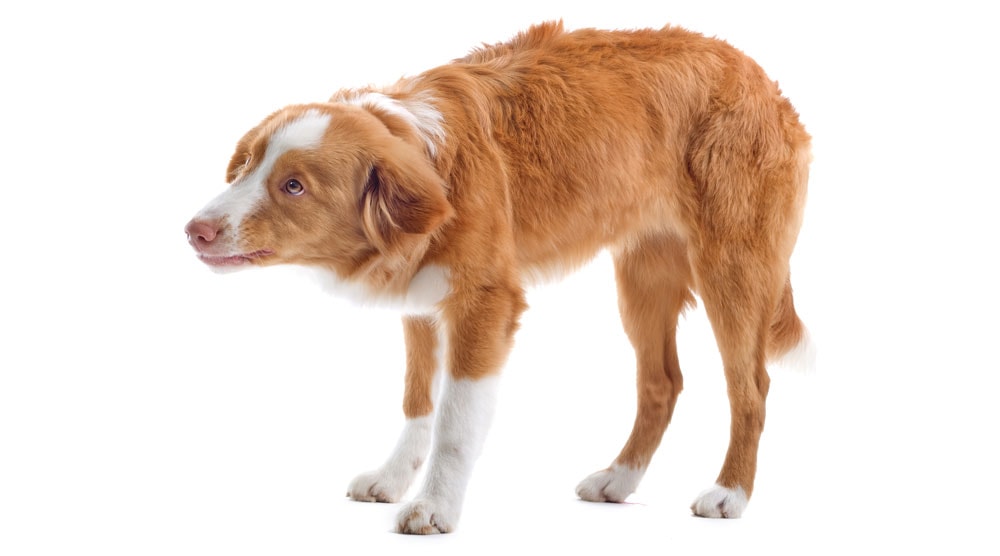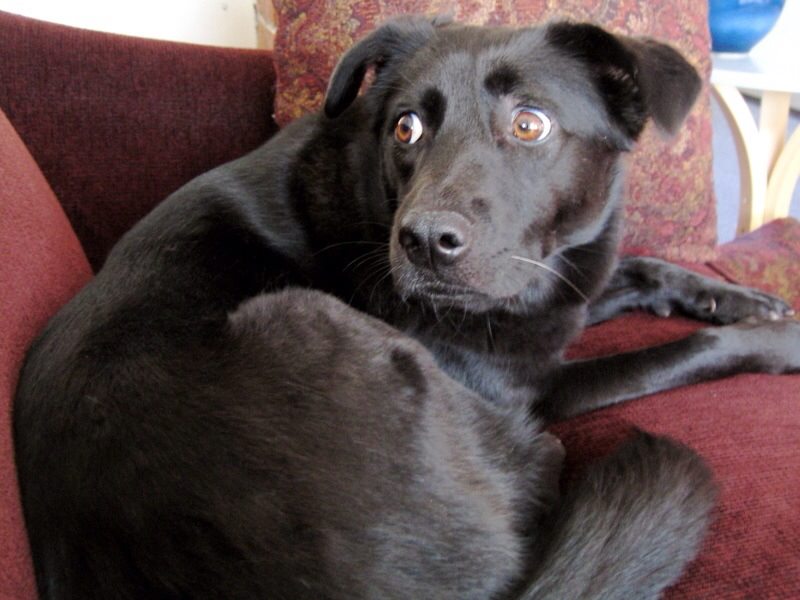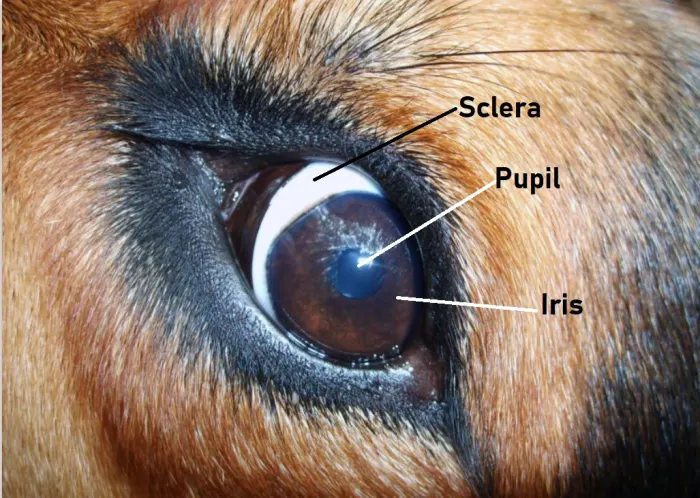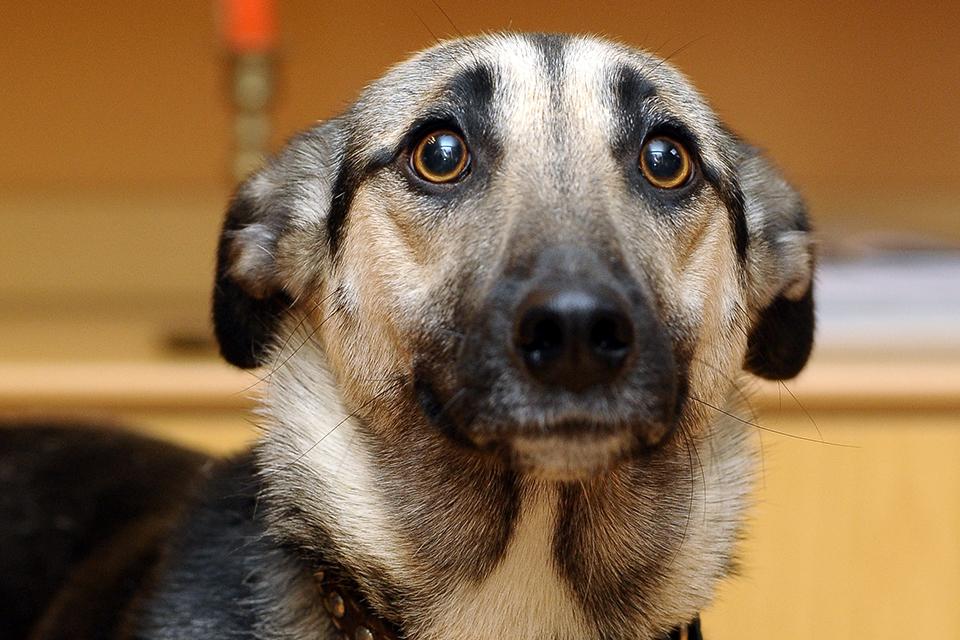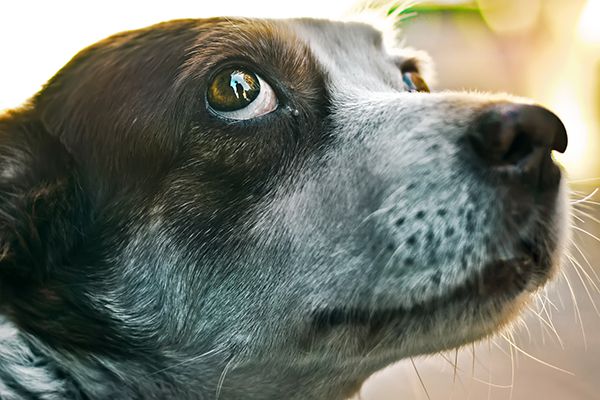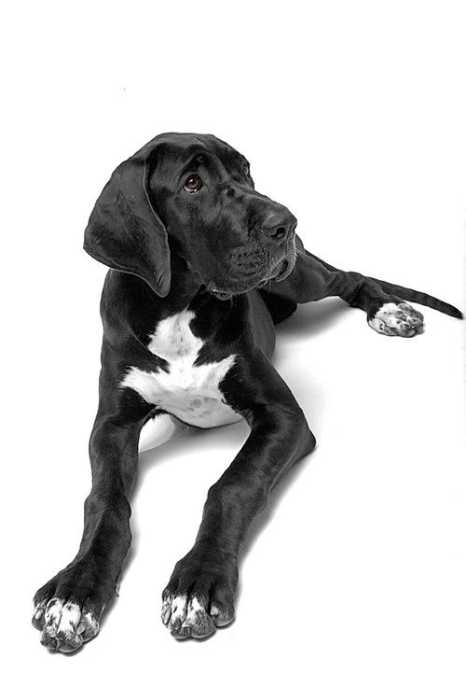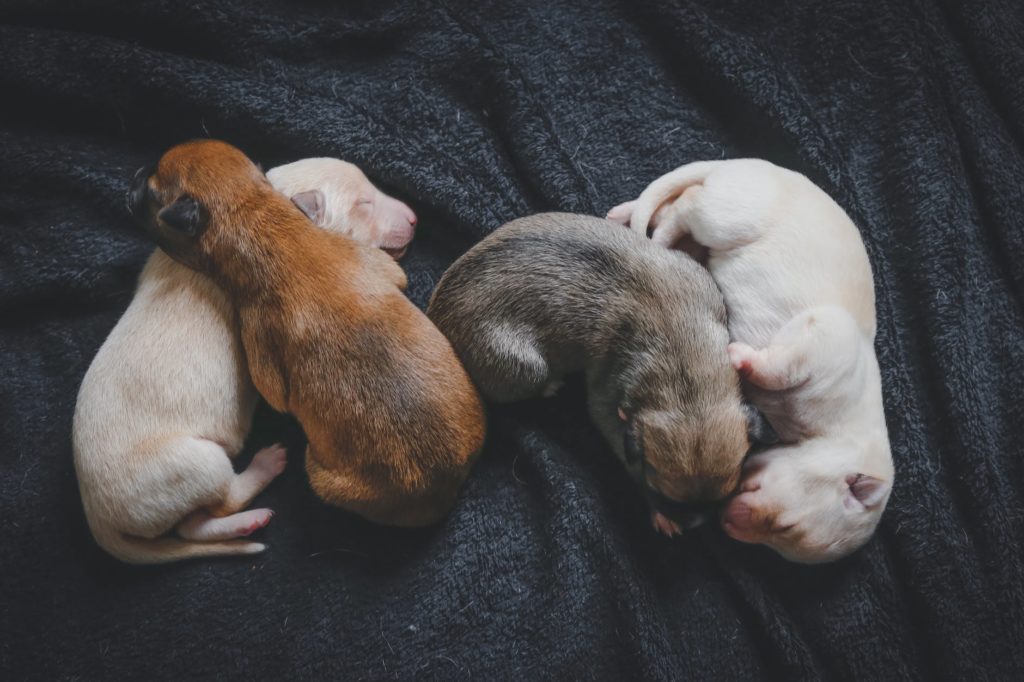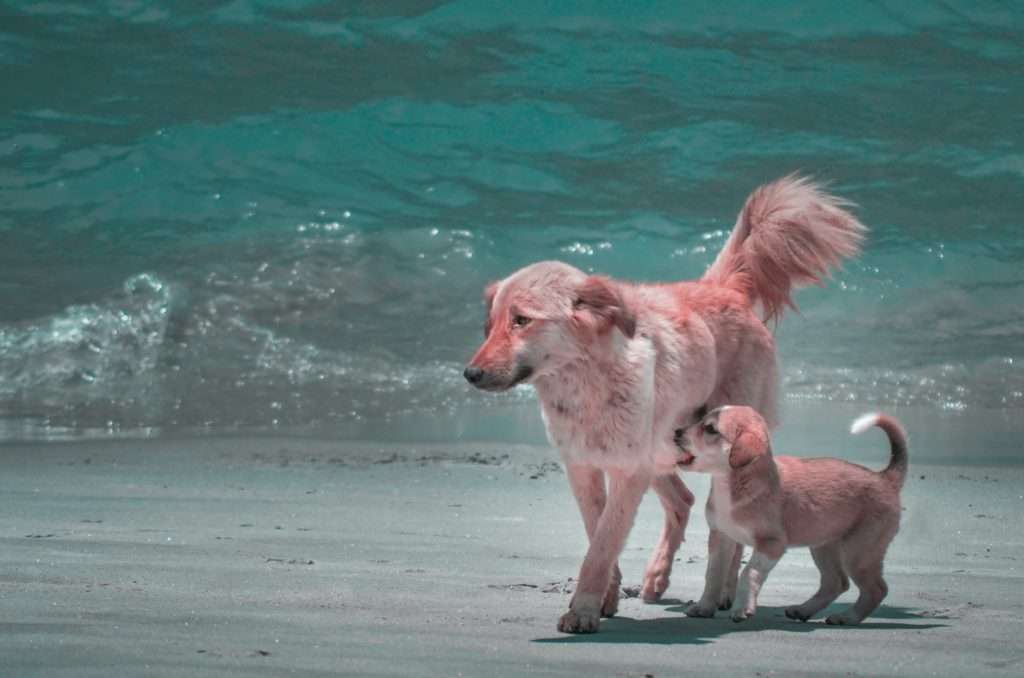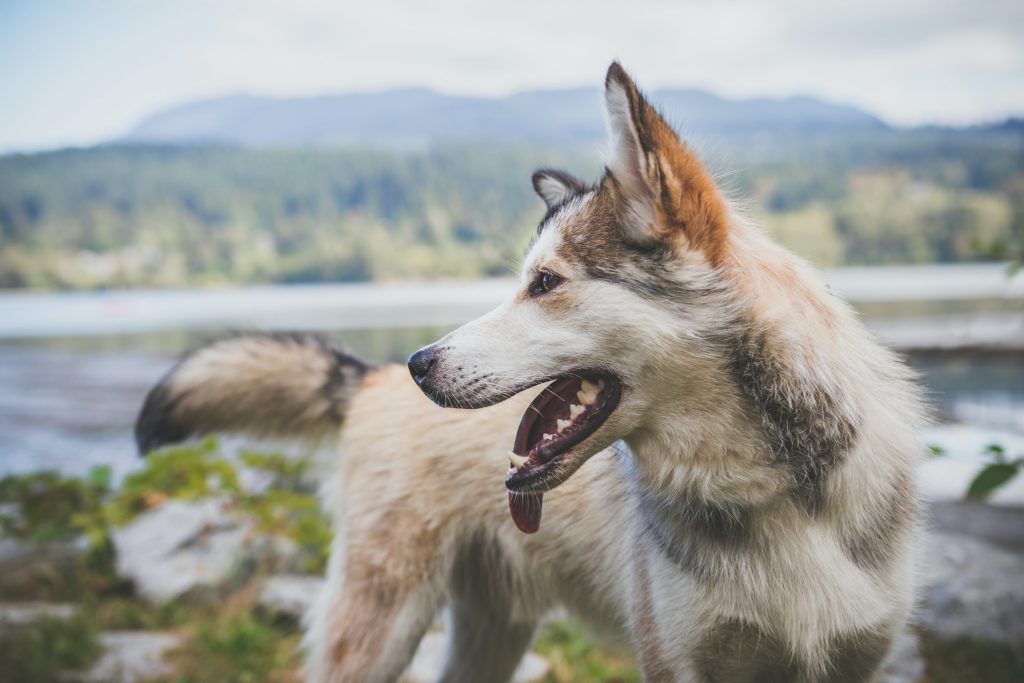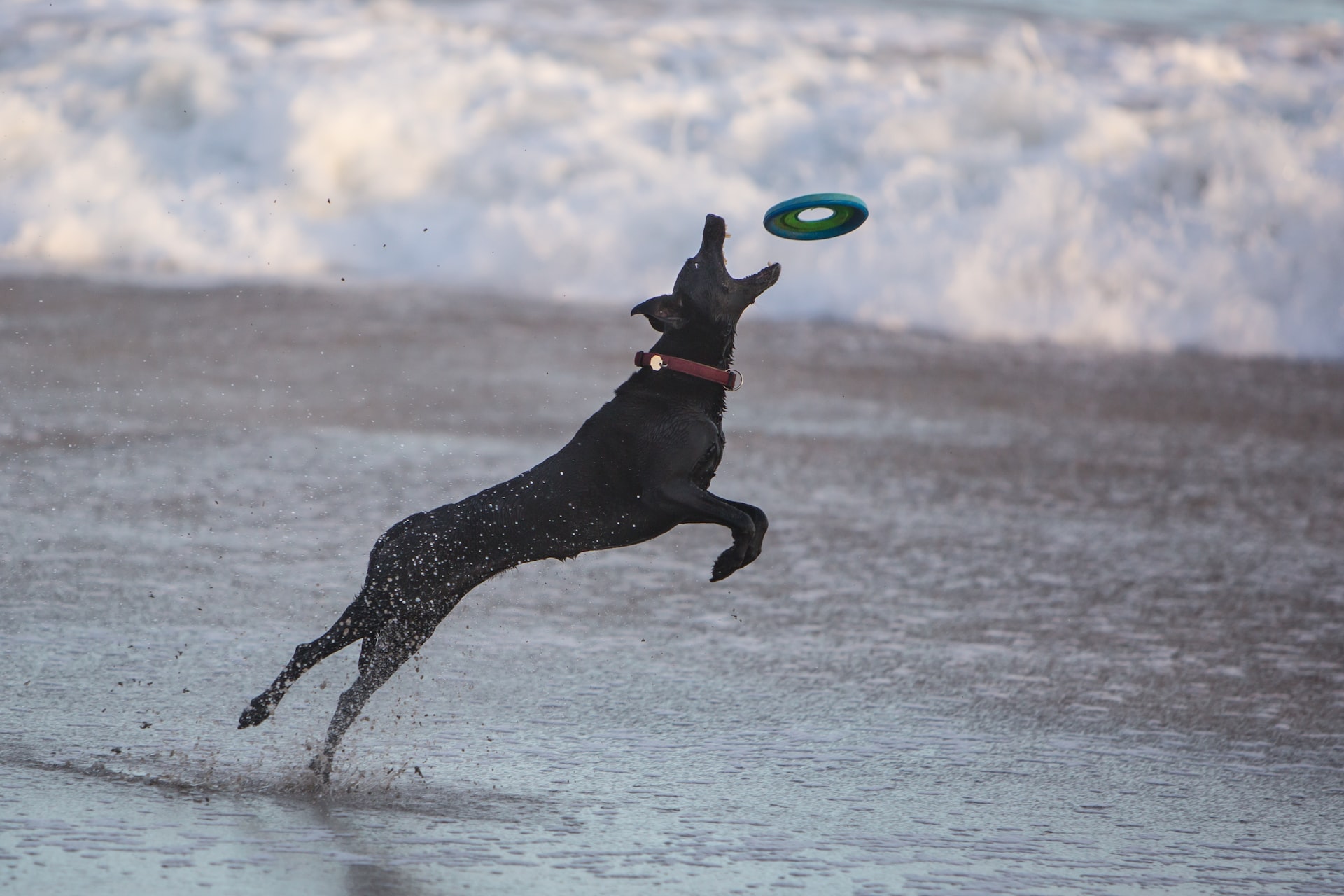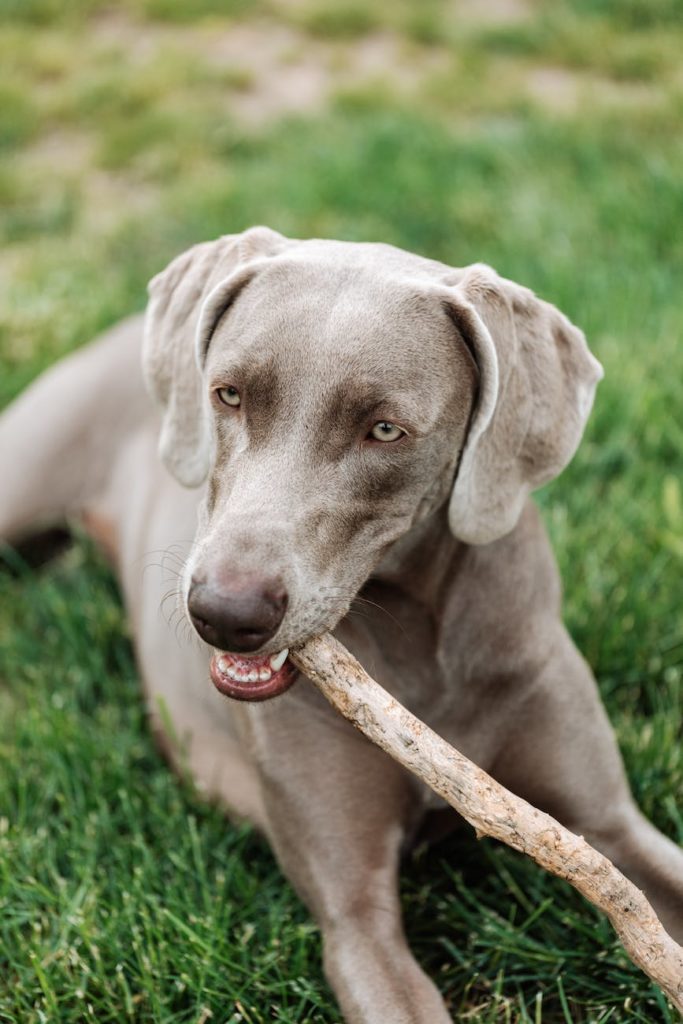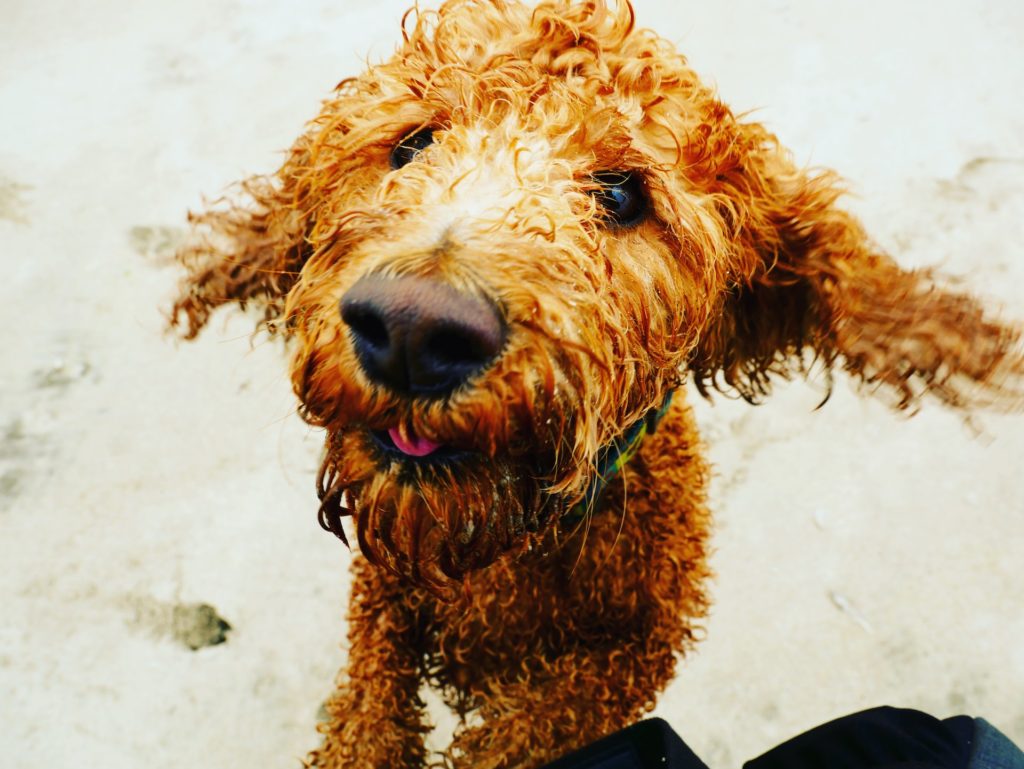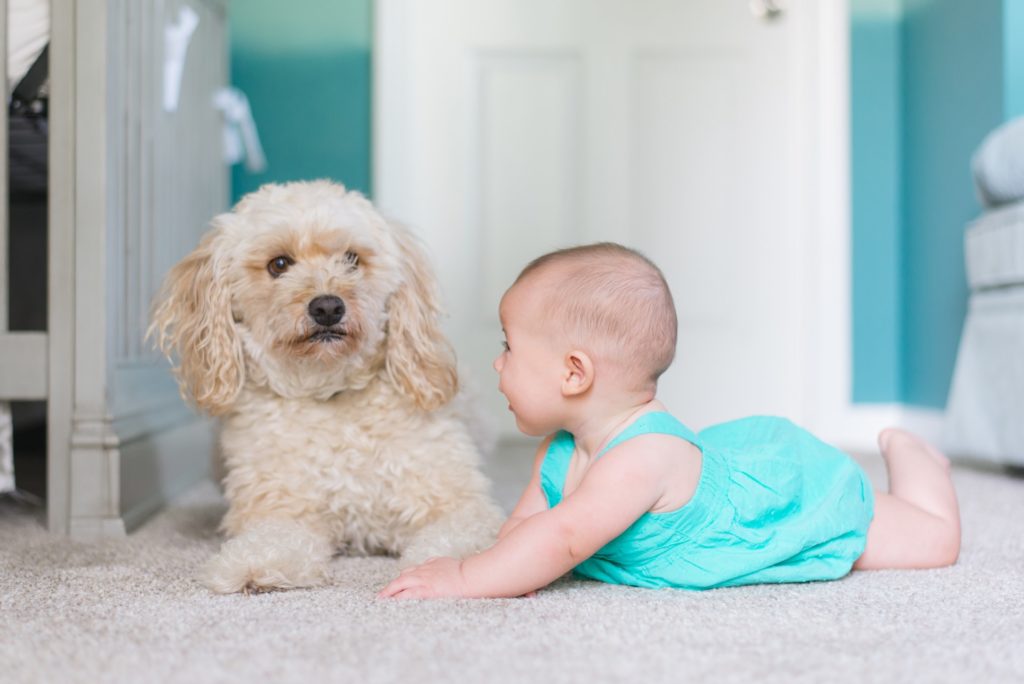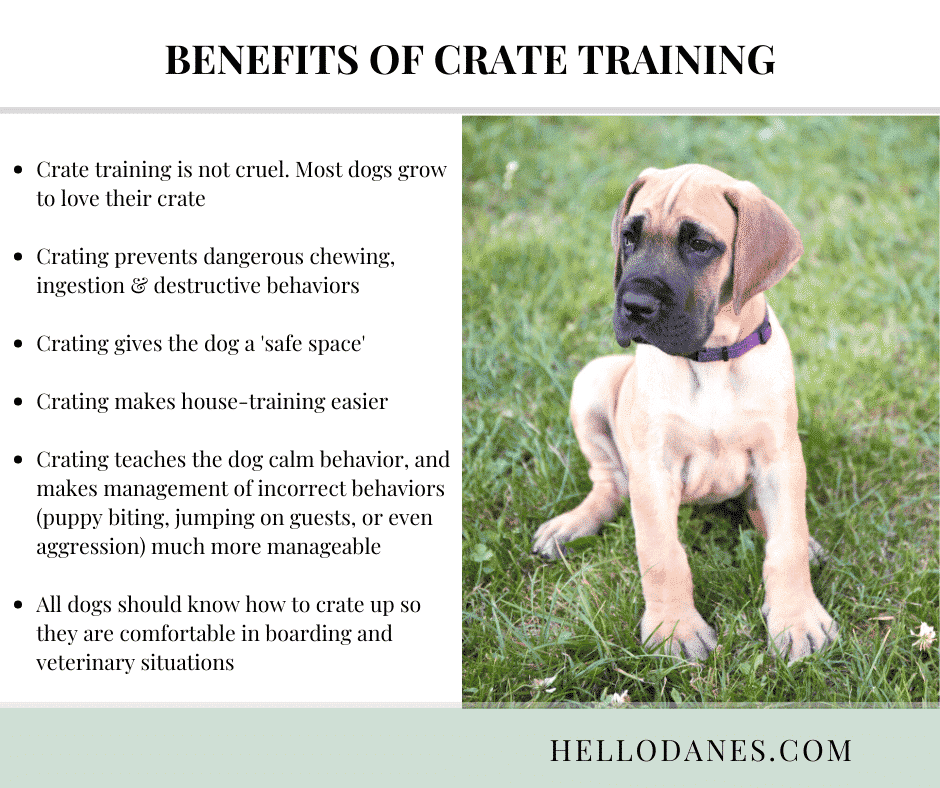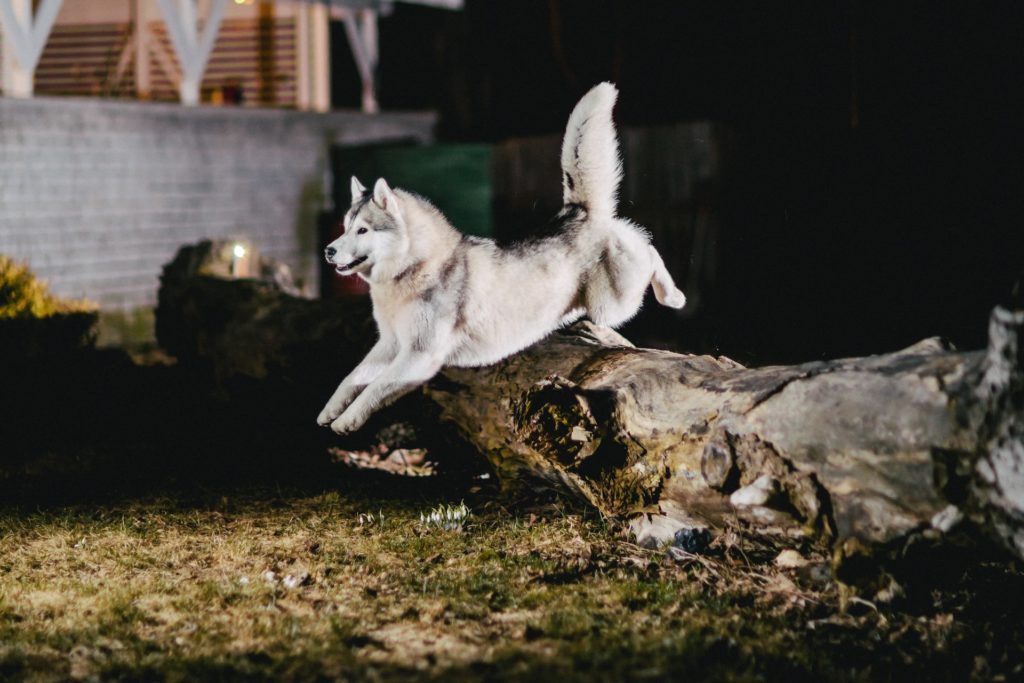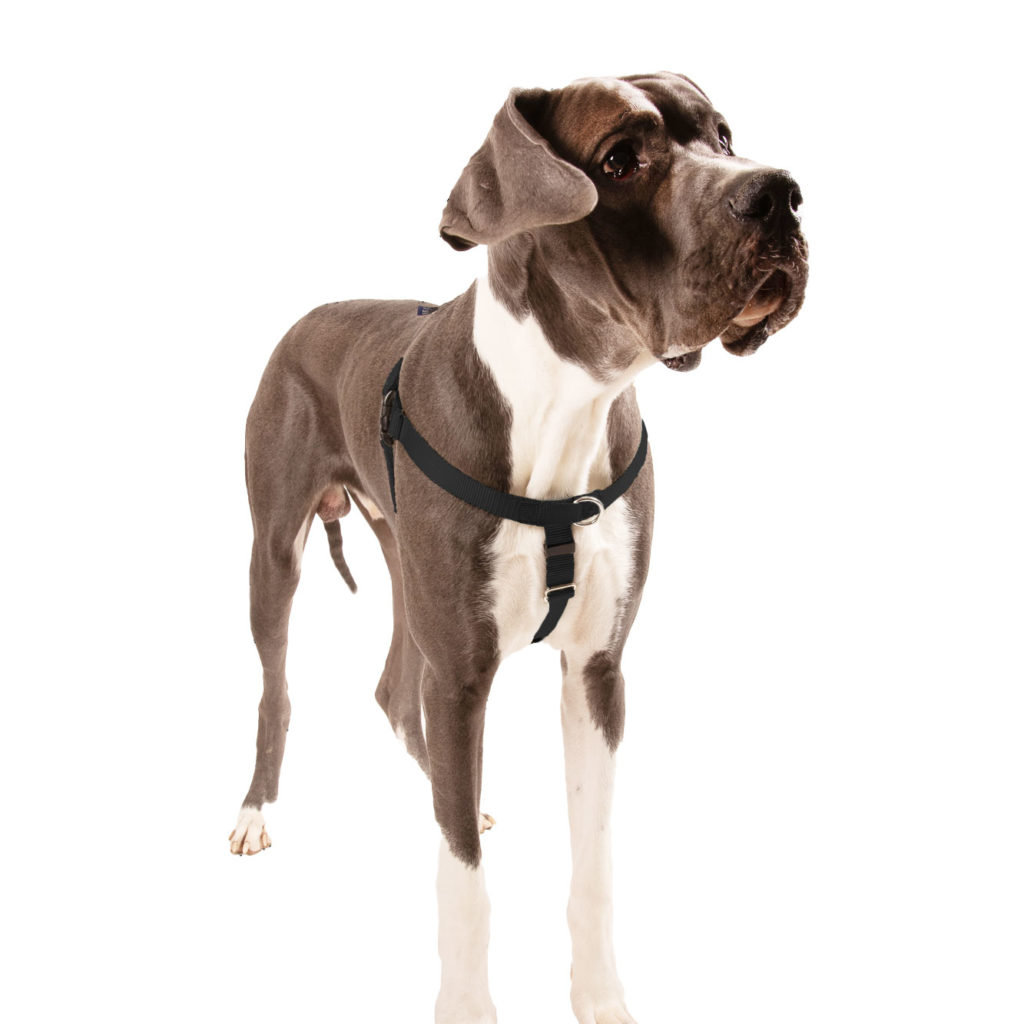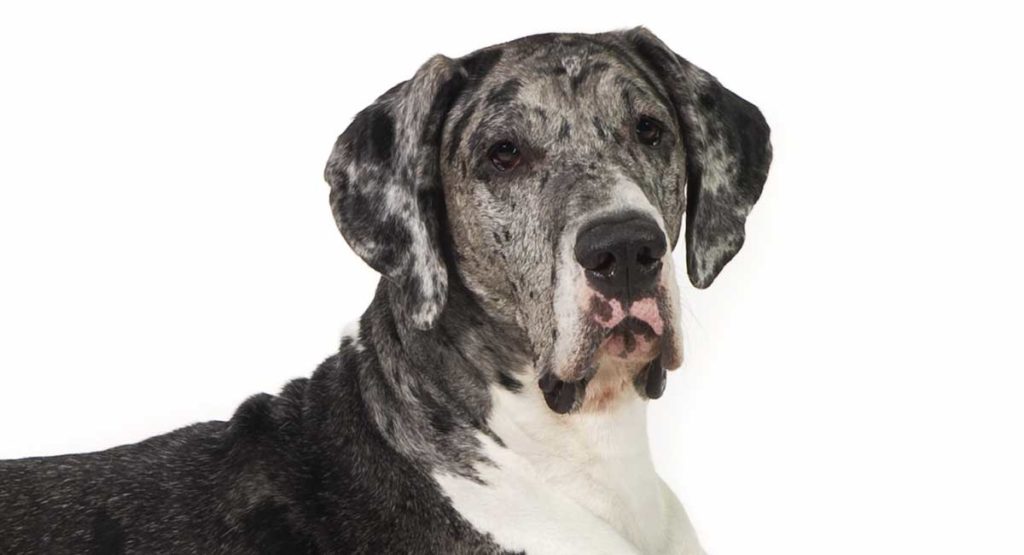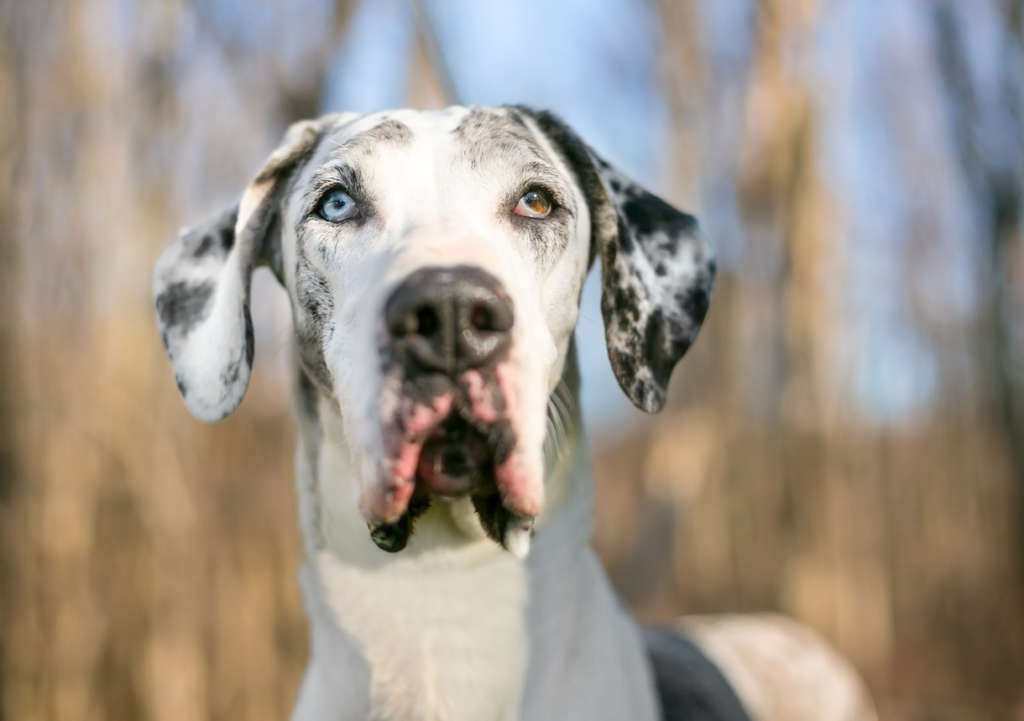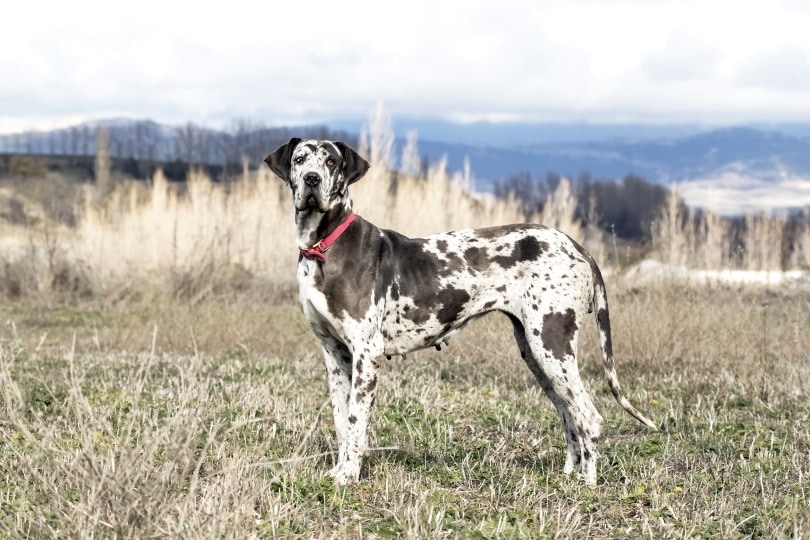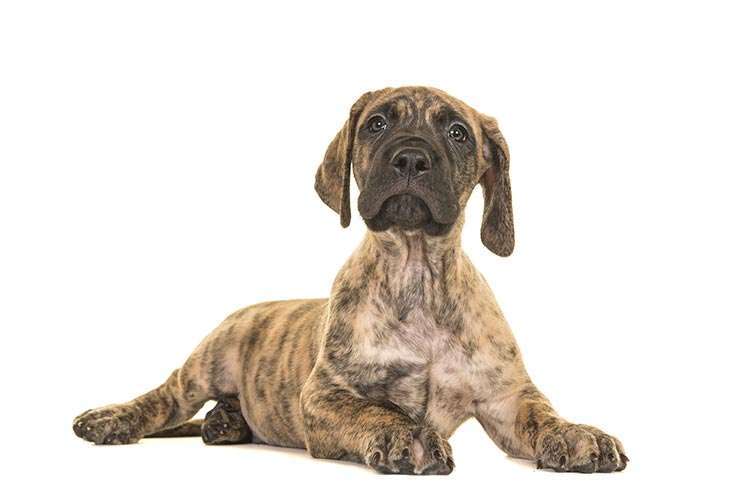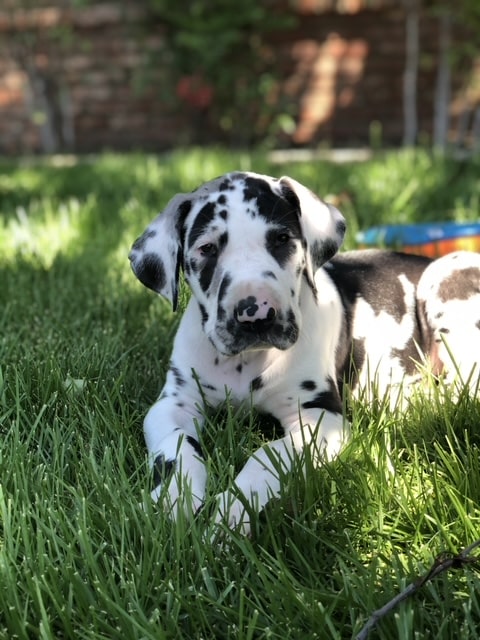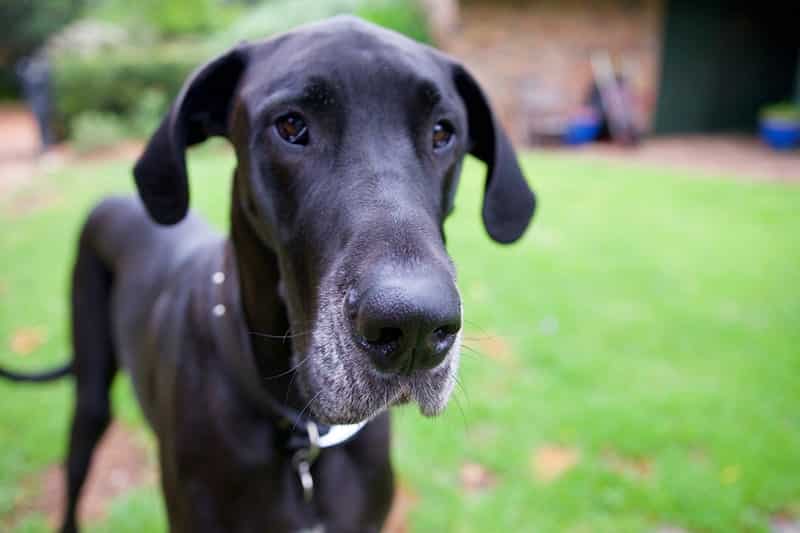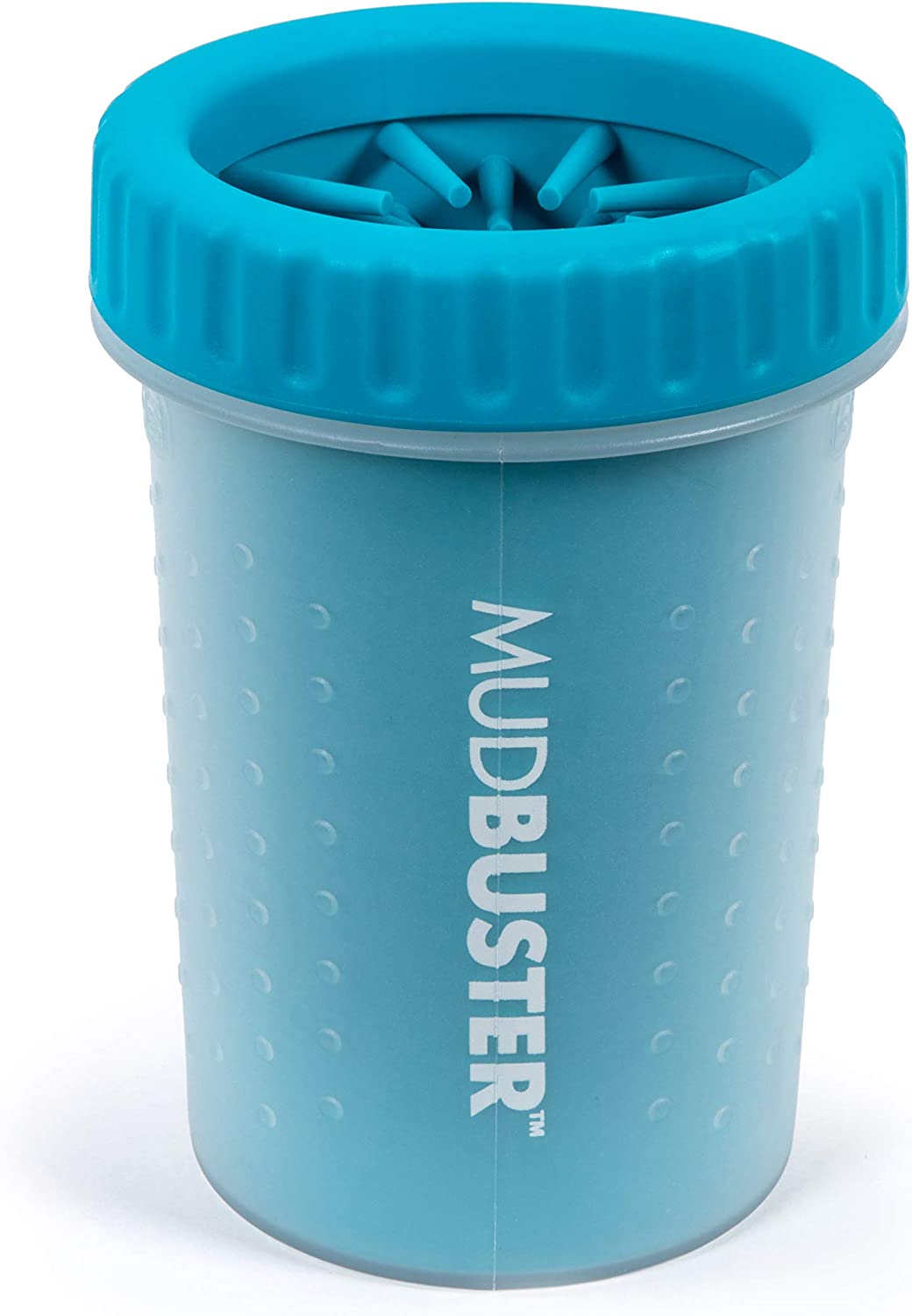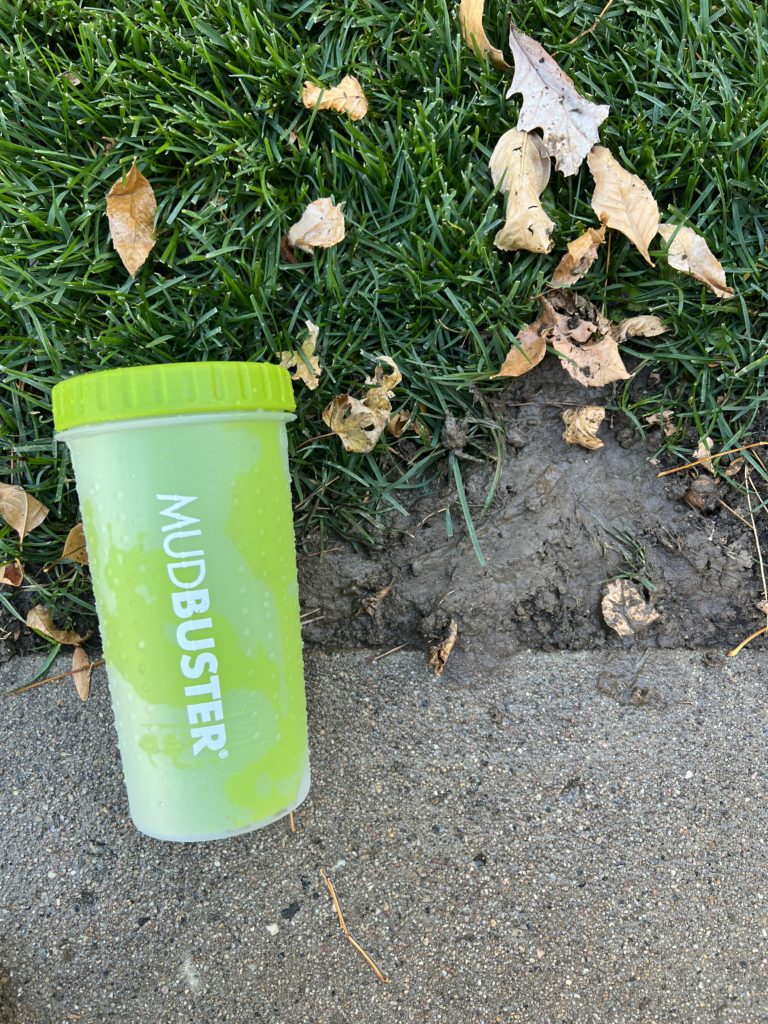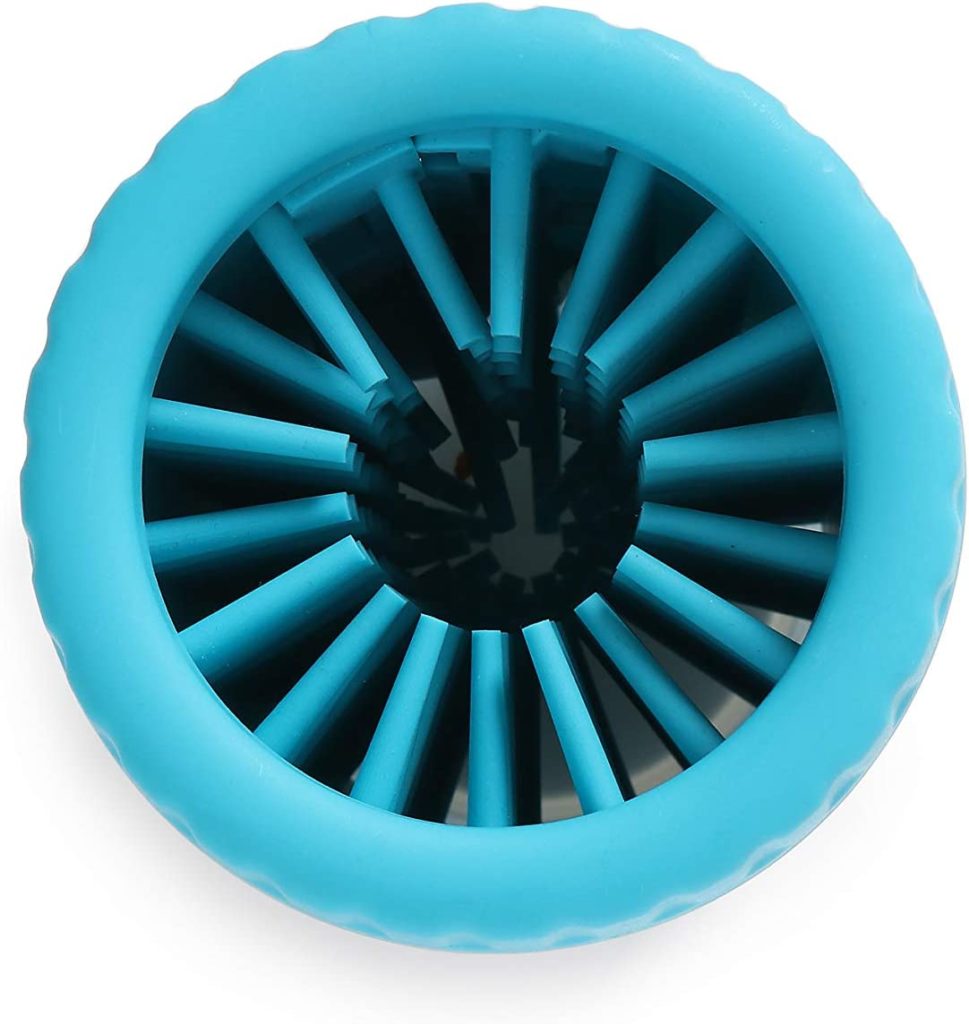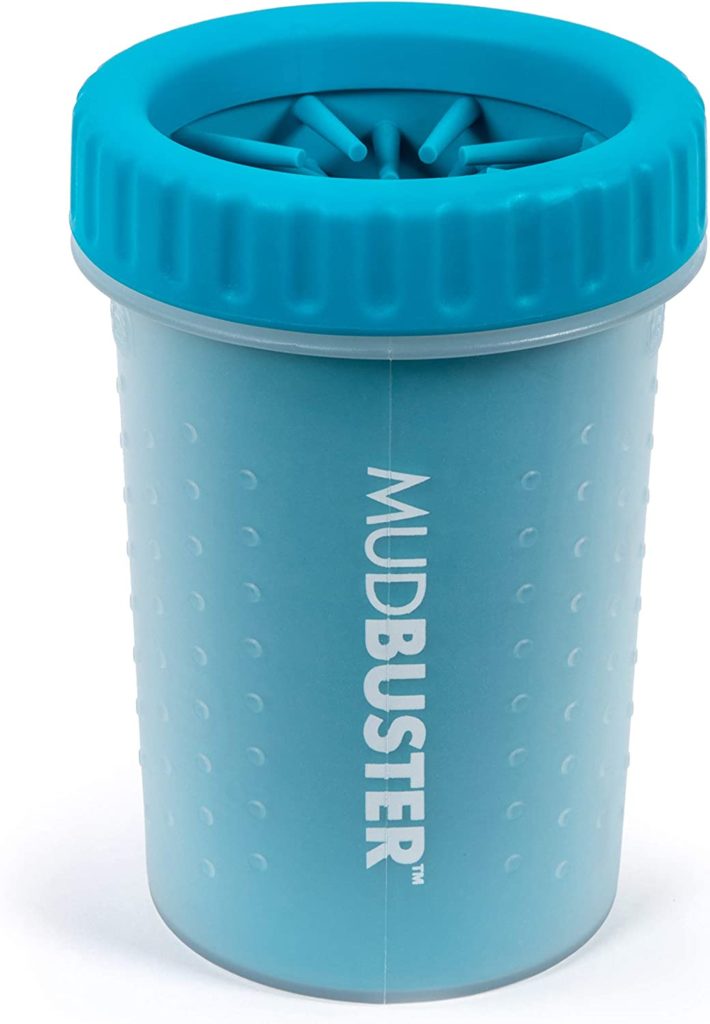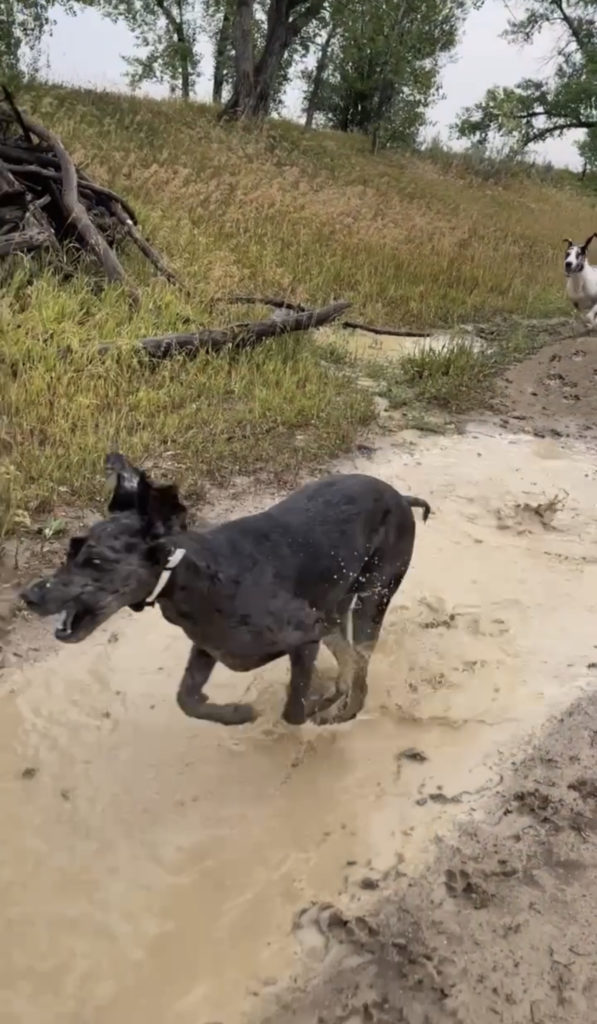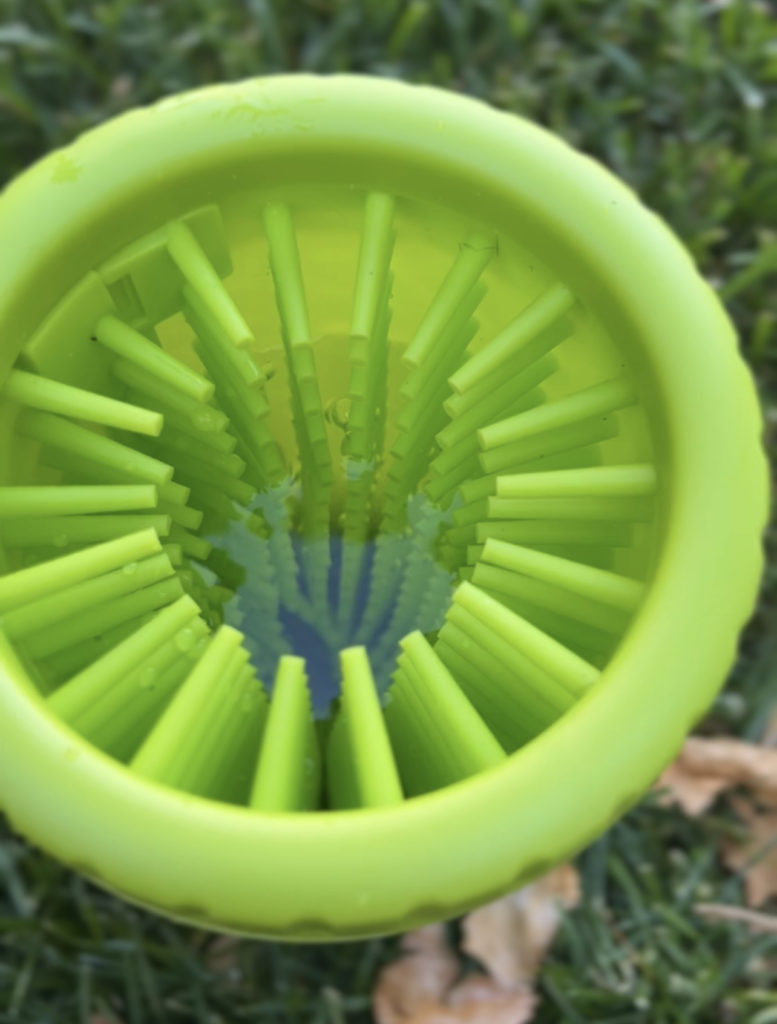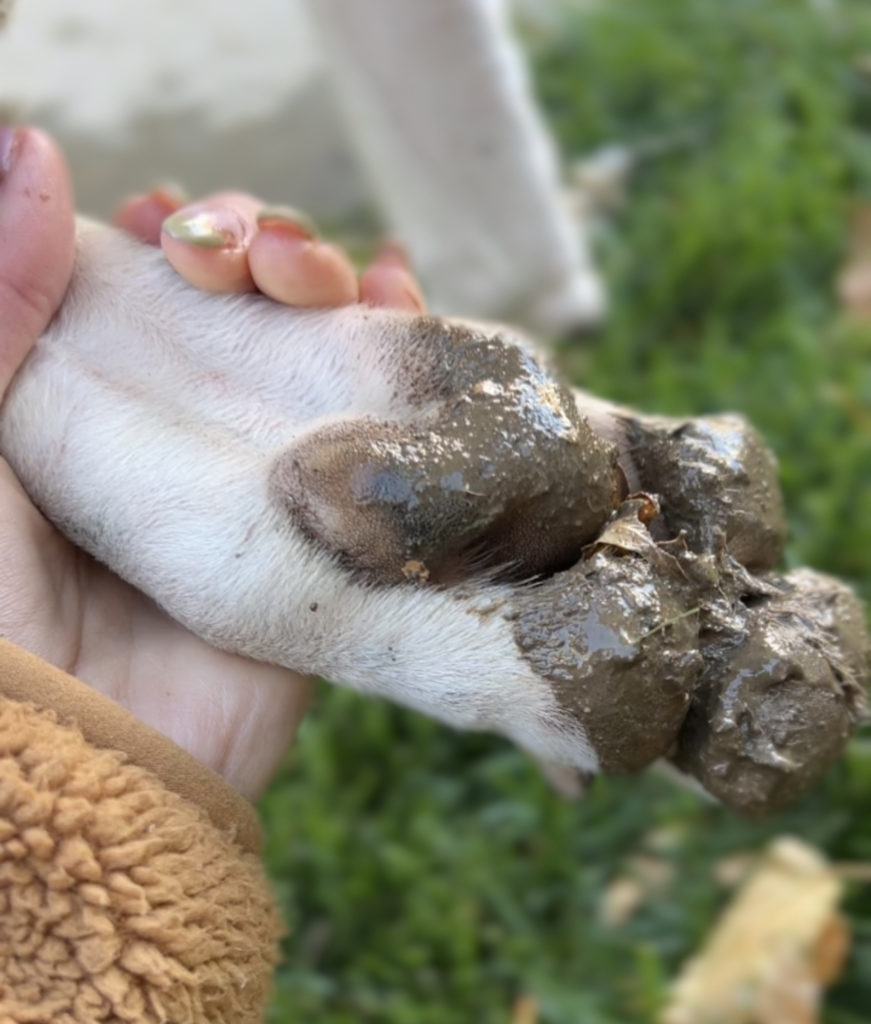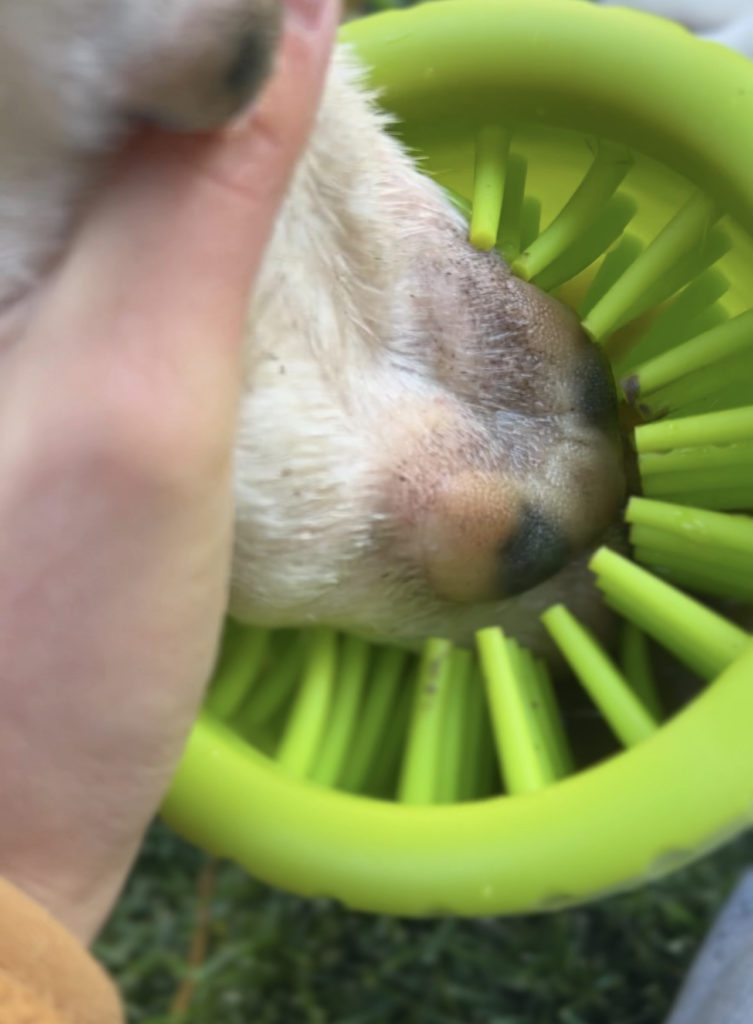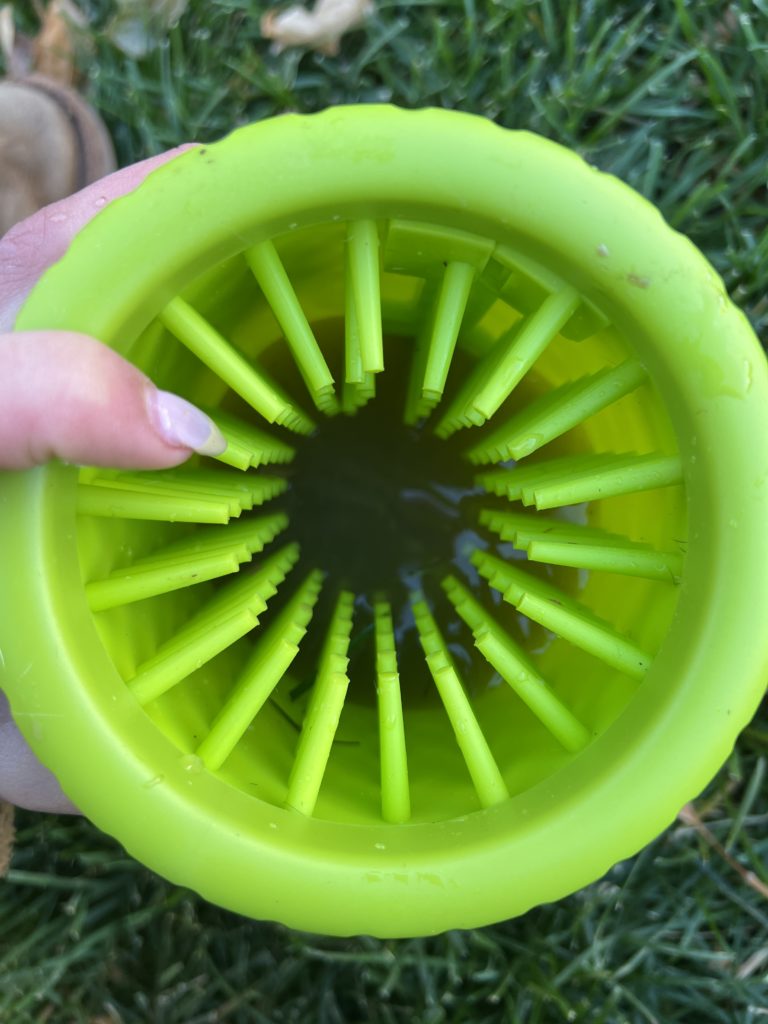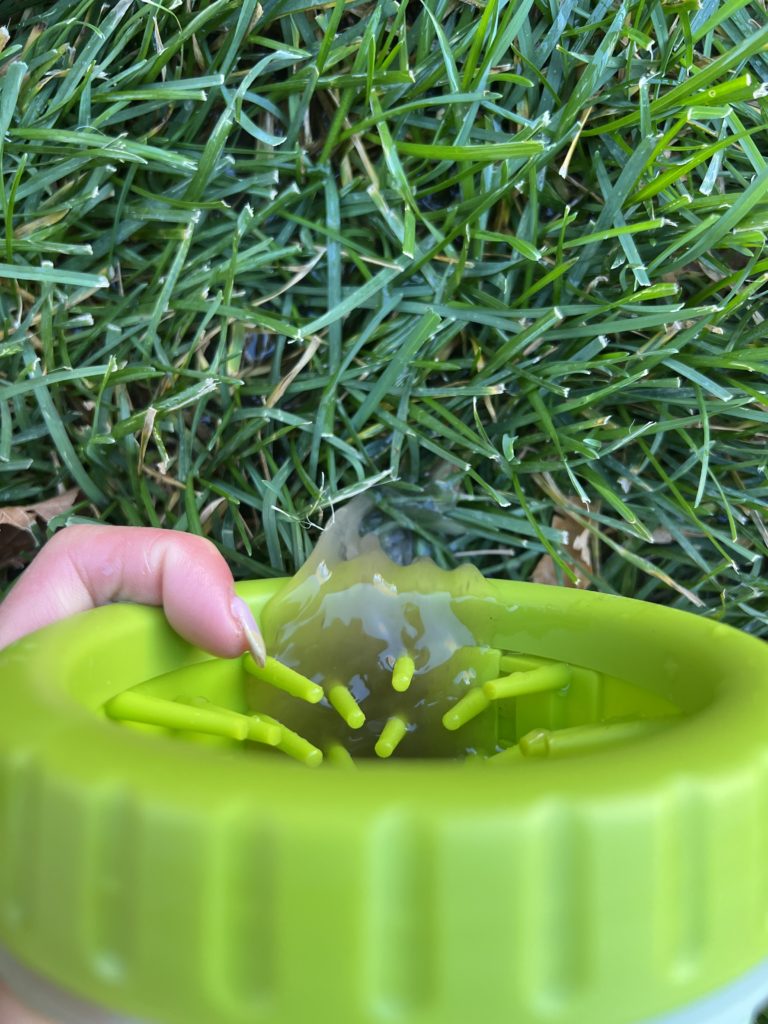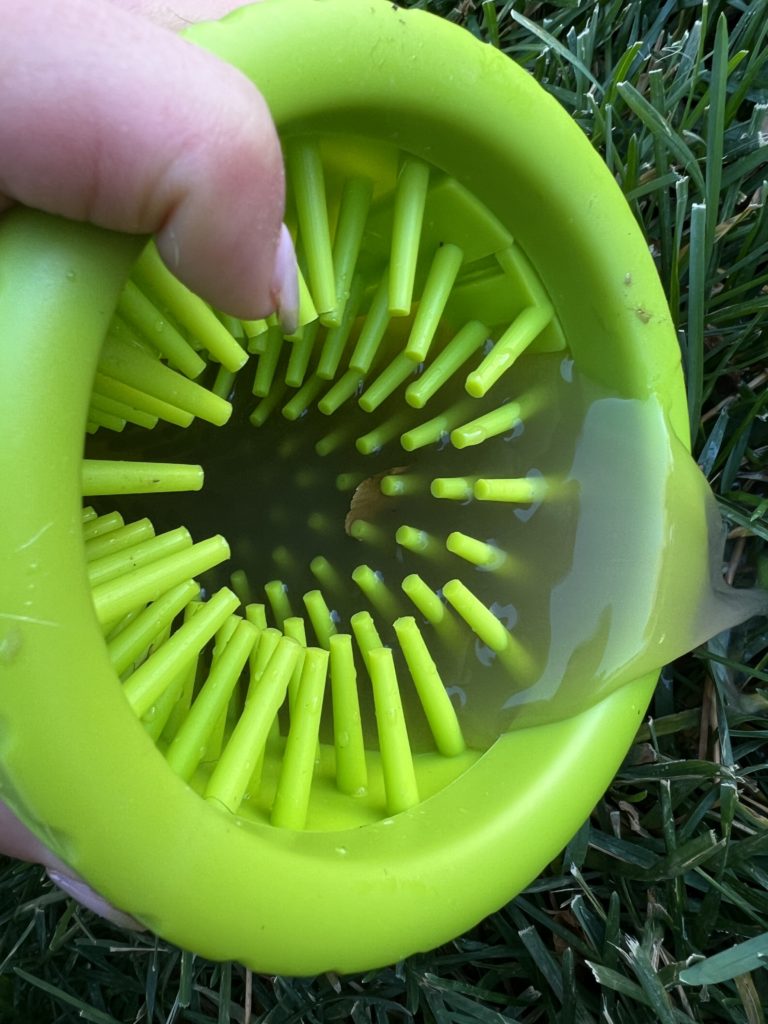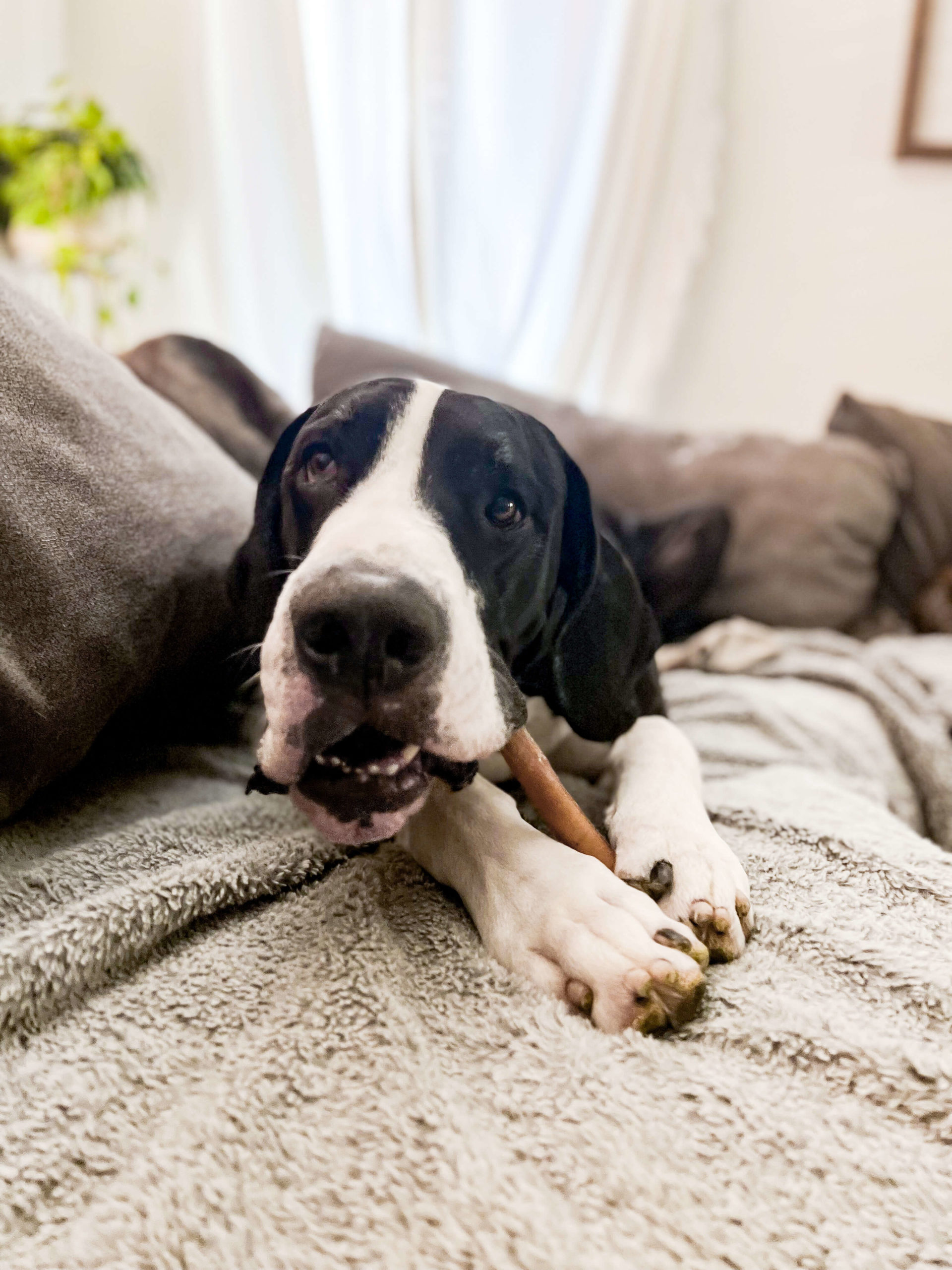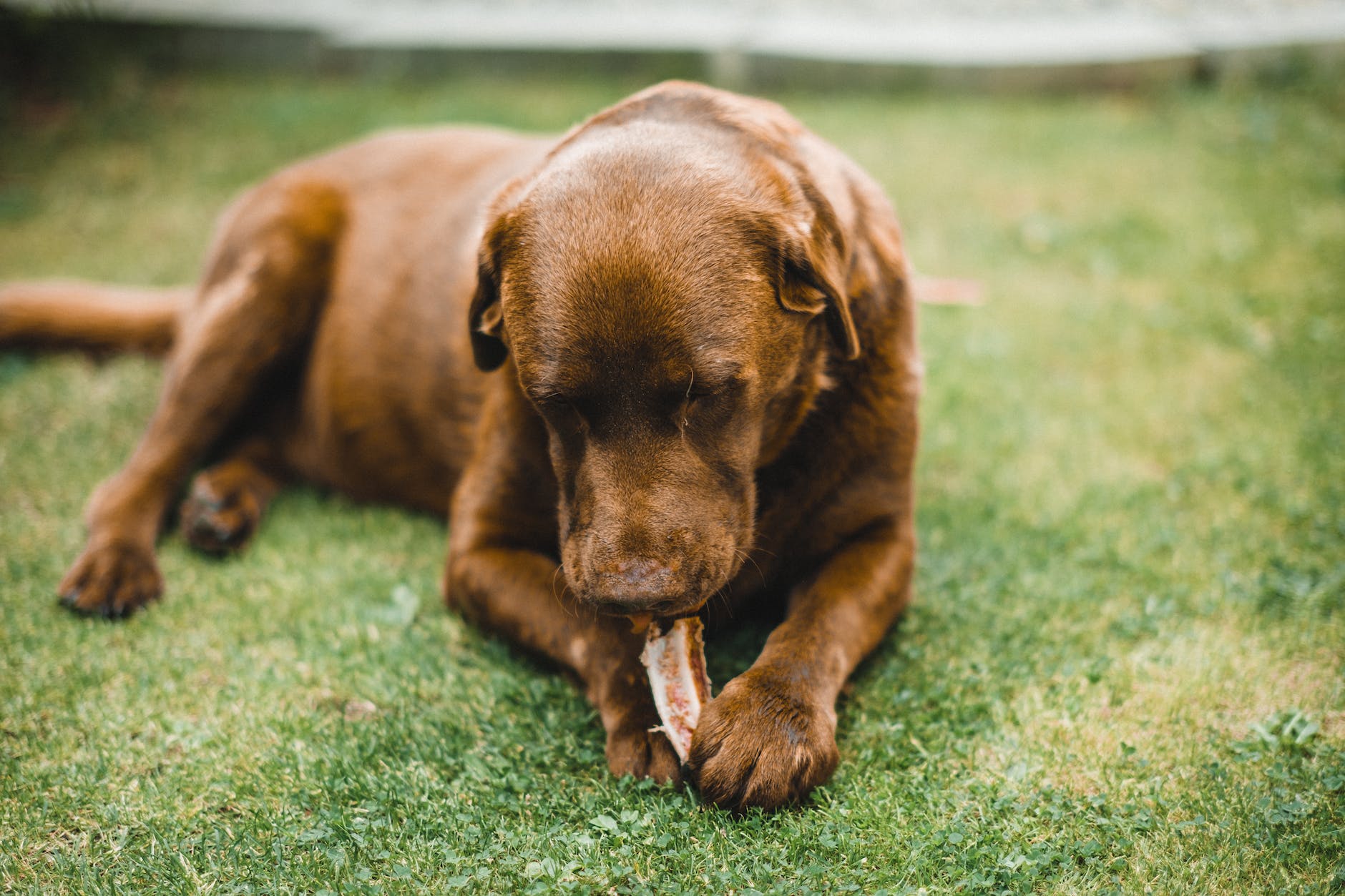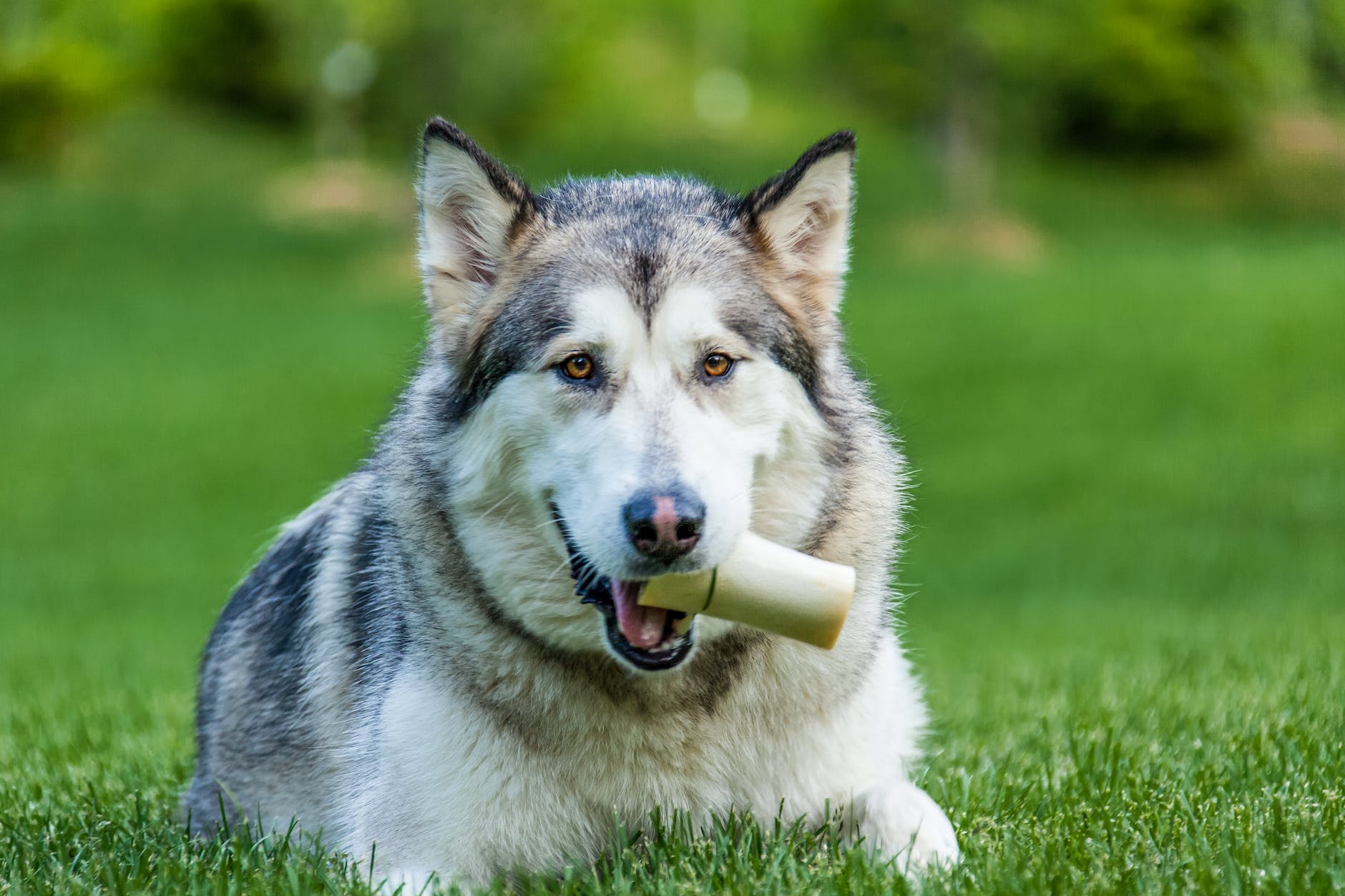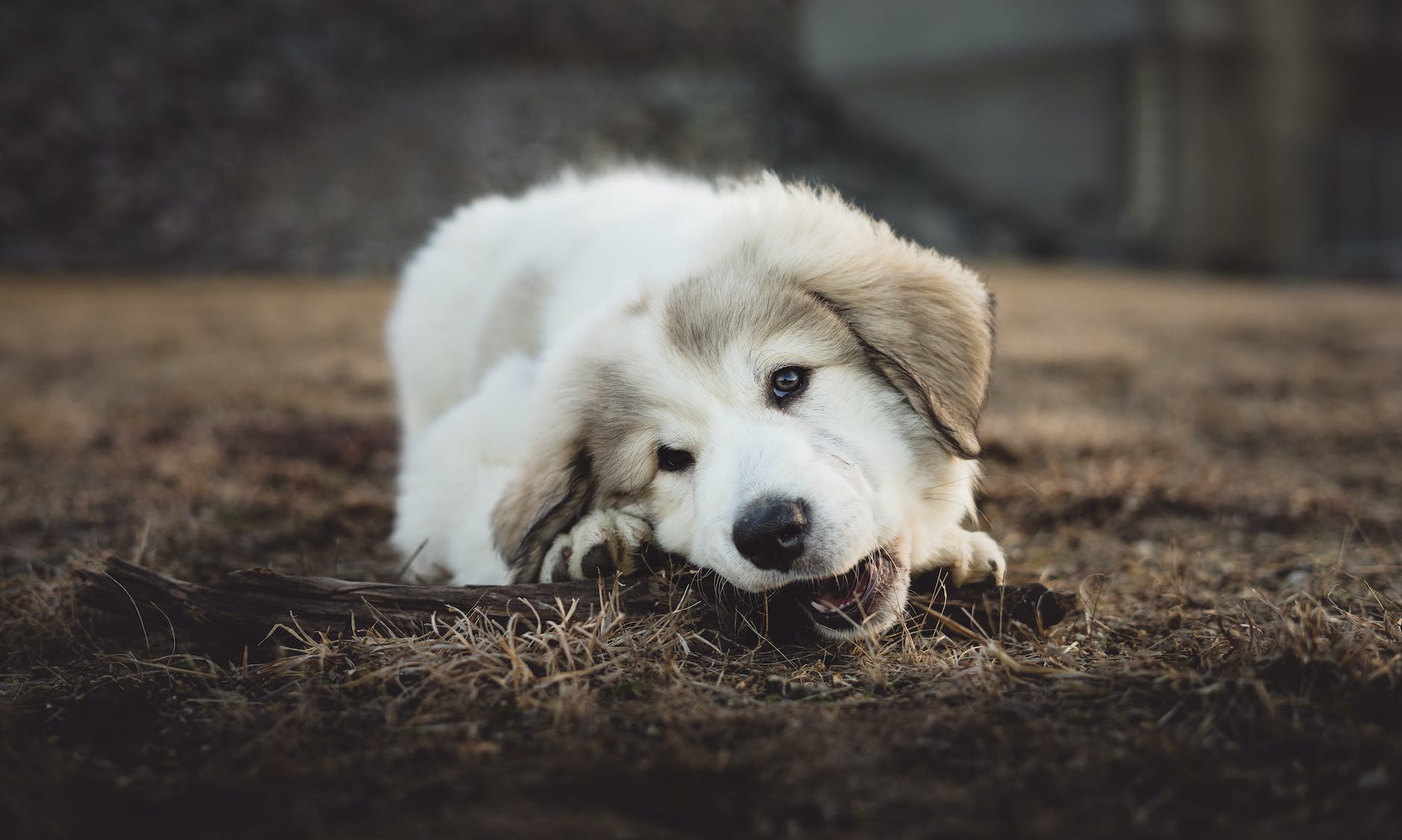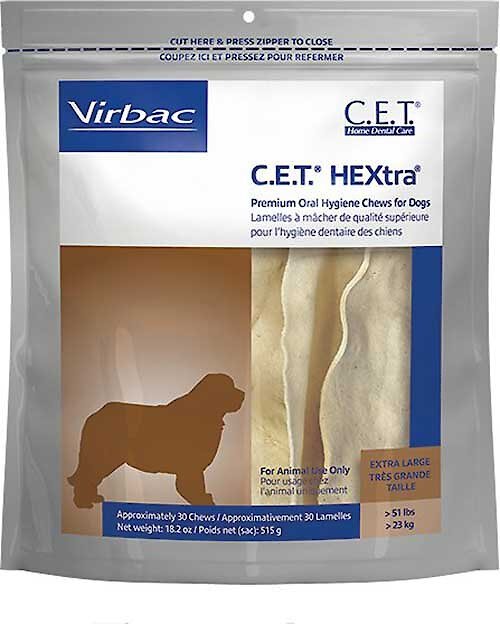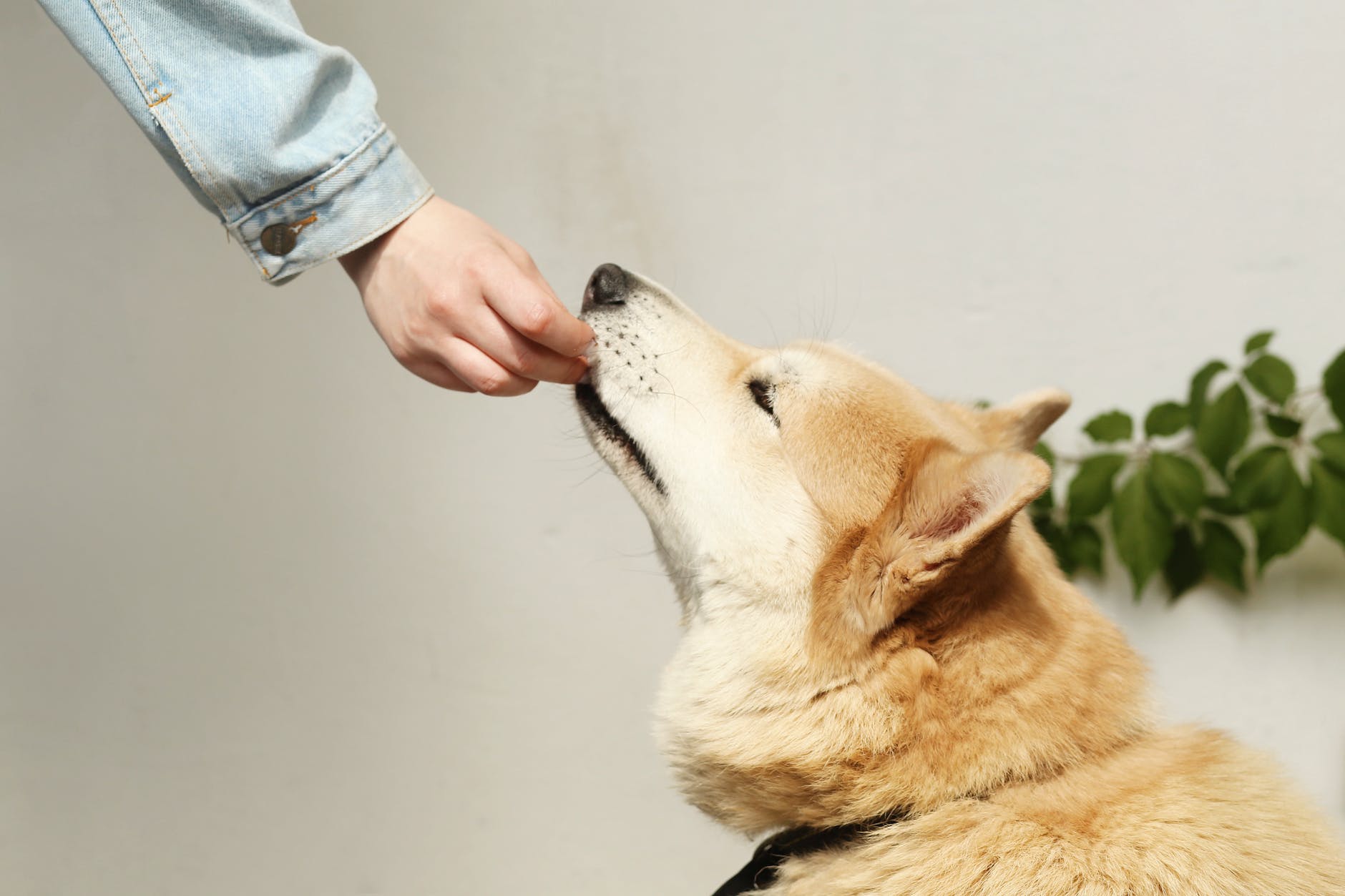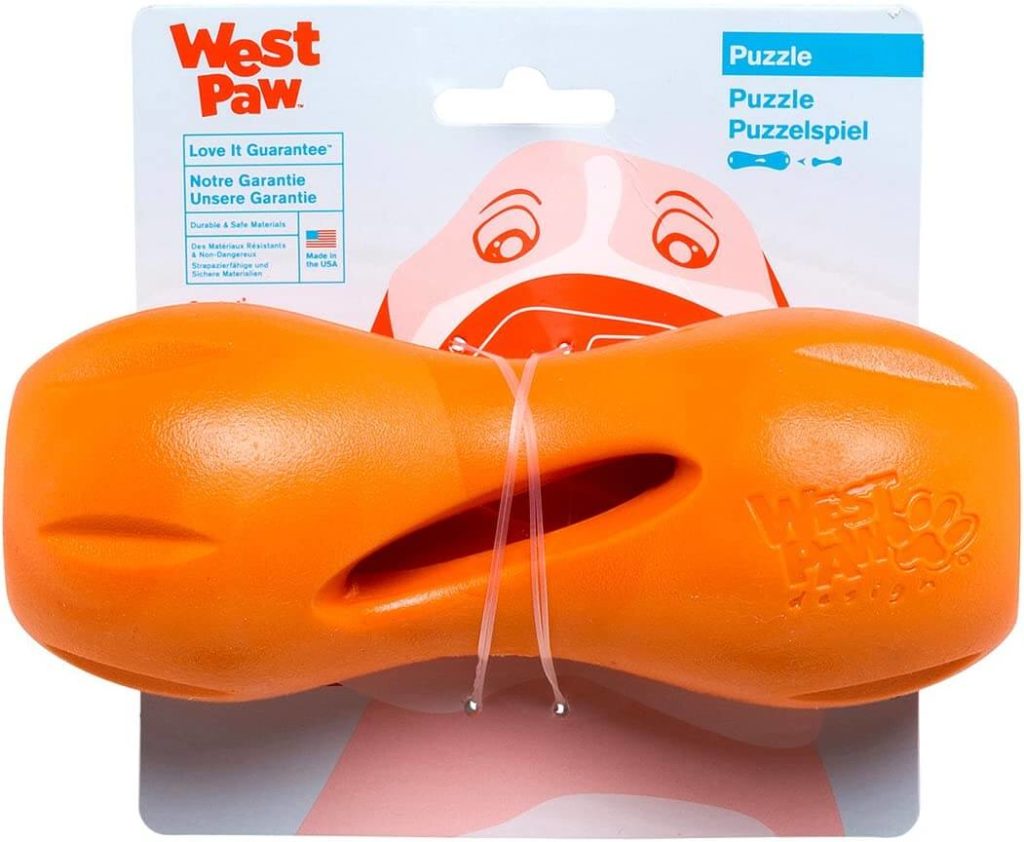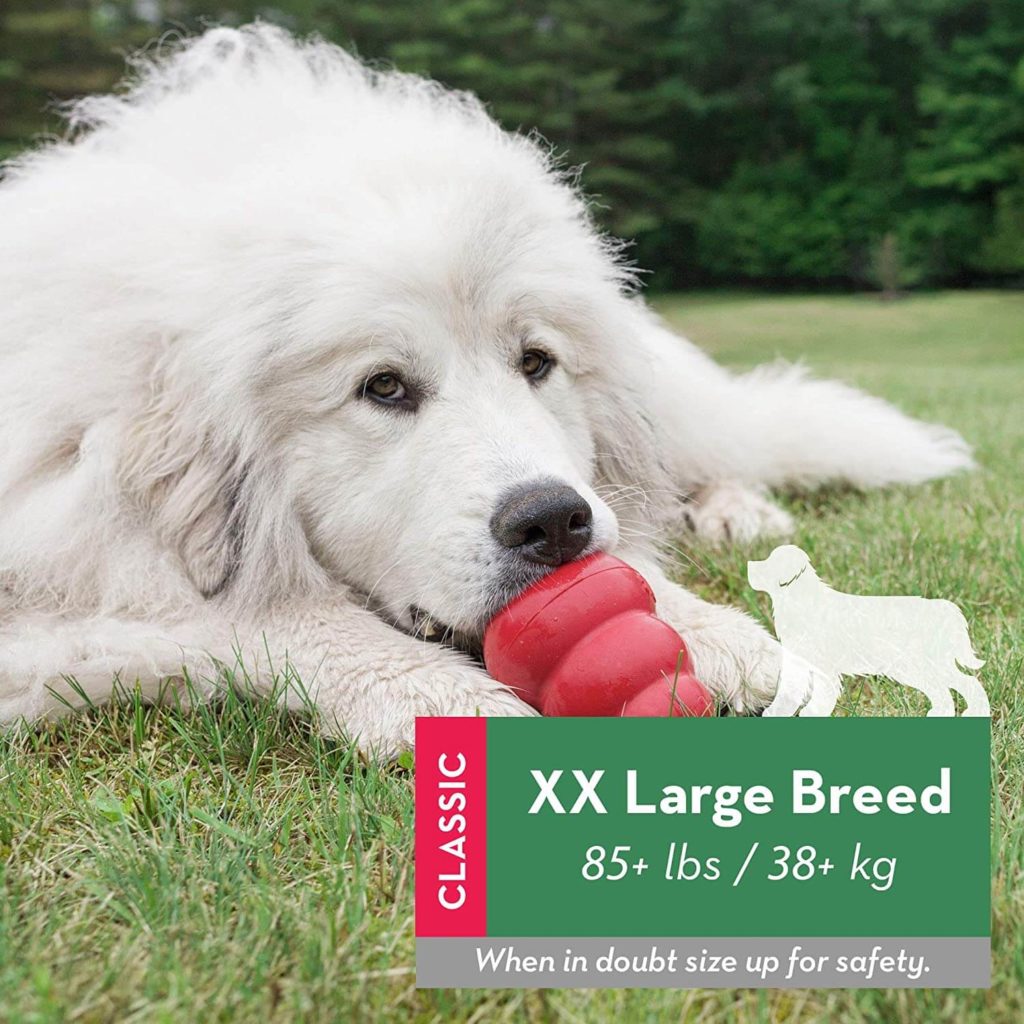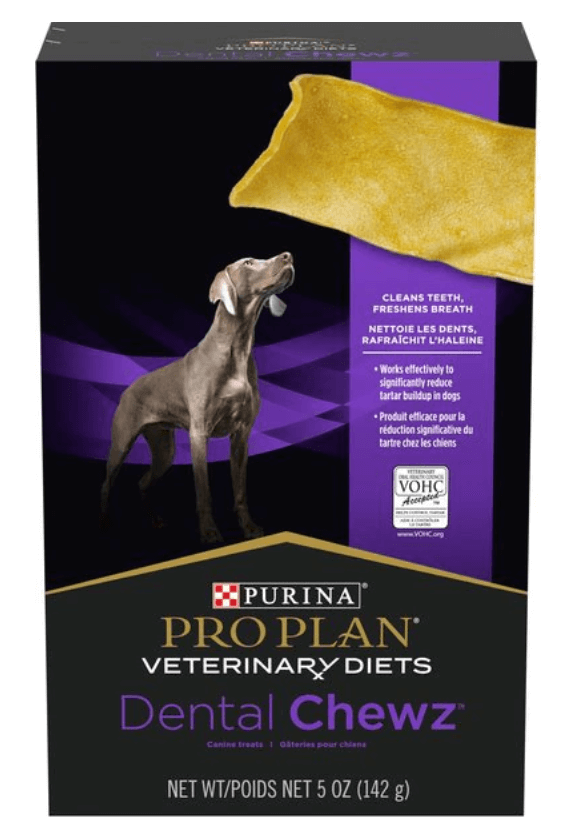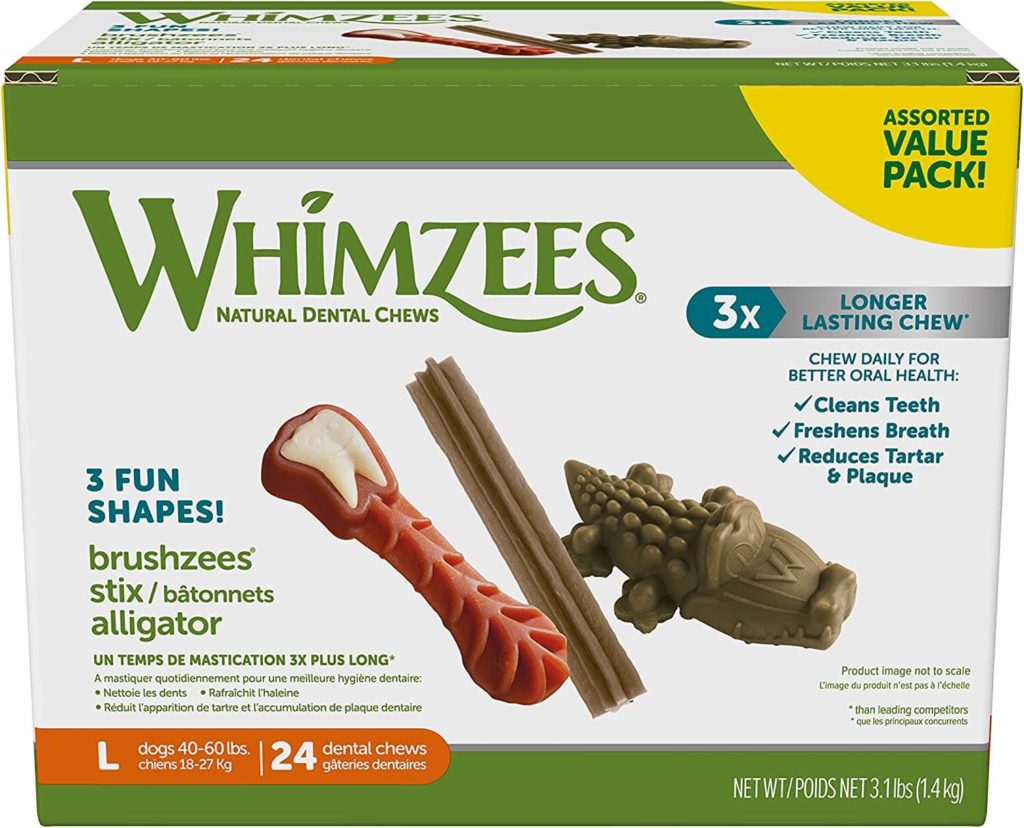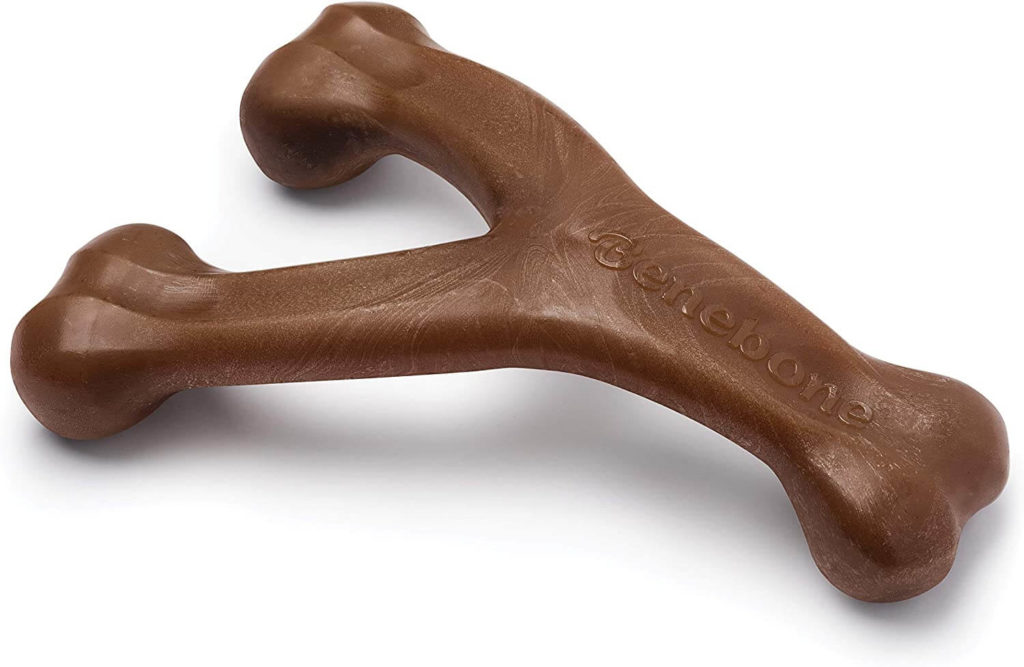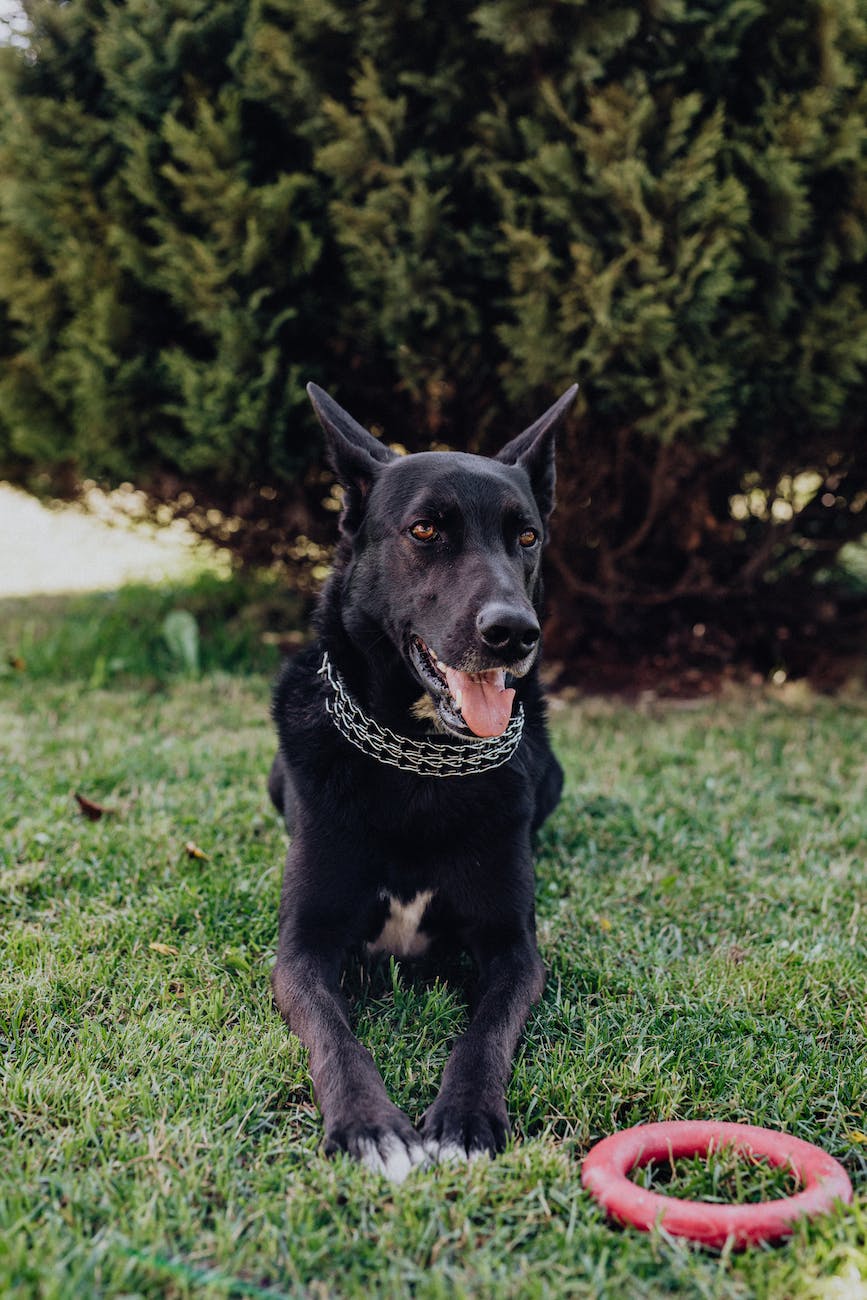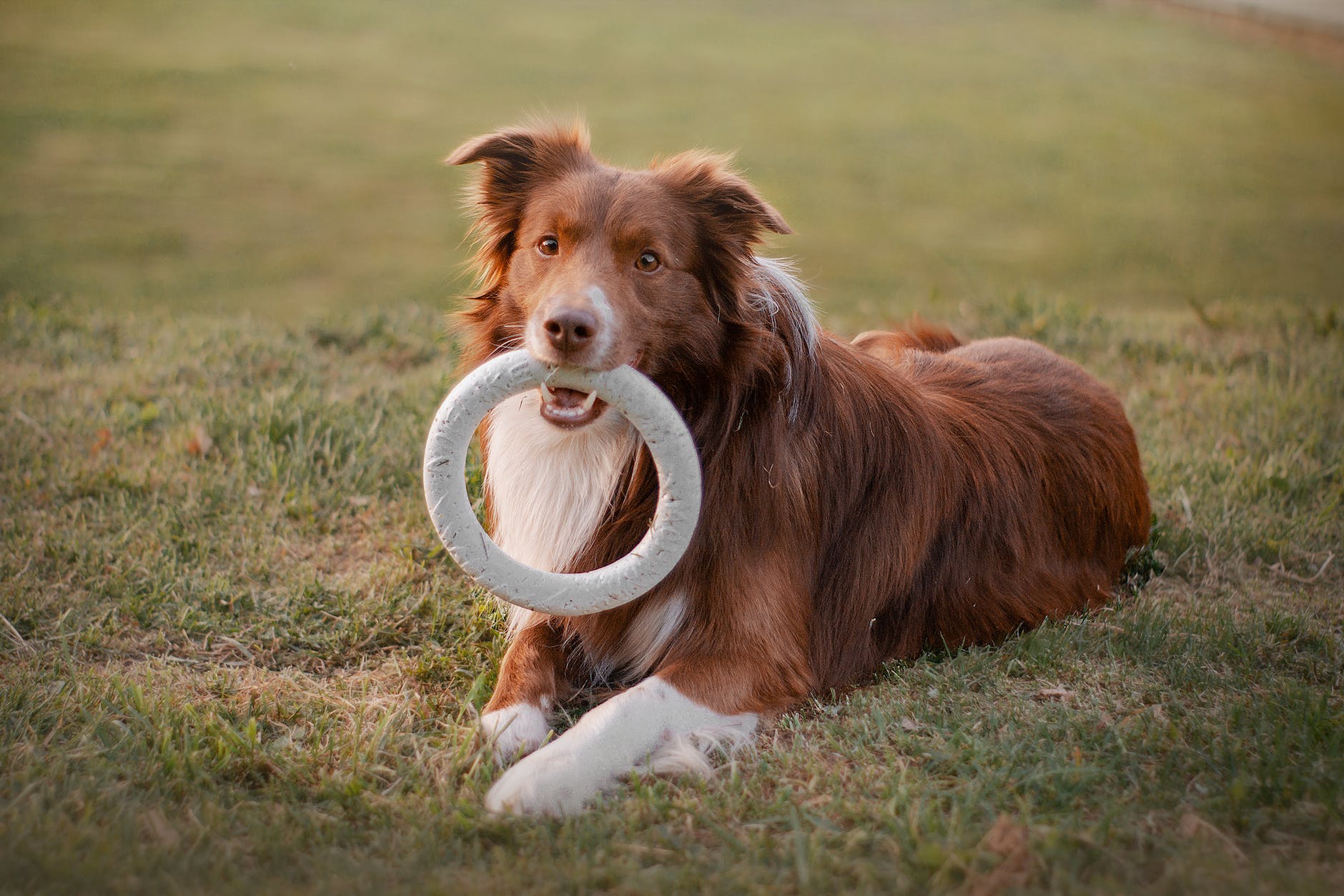Great Danes are giant breed dogs and if you’ve spent any time around them, you know they are both “Gentle Giant” and “Giant train-wreck!” If you know, you know. Here are 5 obedience commands every Great Dane should know.
Today’s post is part tongue-in-cheek, part reality, and 100% necessary if you live with a dog that is larger than life!
Great Dane Nicknames
Because living with a giant-breed dog has its moments, many people lovingly find themselves degrading their dog’s names into a series of nicknames.
Beau = Bozo
Moose – Mooove it
Duke – Doofus Face
Bella – Big Bella
Wren – Wreck it Wren
And so on. Us Dane owners mean well, we really do! So in order to avoid shouting a constant stream of frustrated expletives, it’s important that our big dogs are well-trained. Here are my 5 top obedience commands all Great Dane dogs should know.
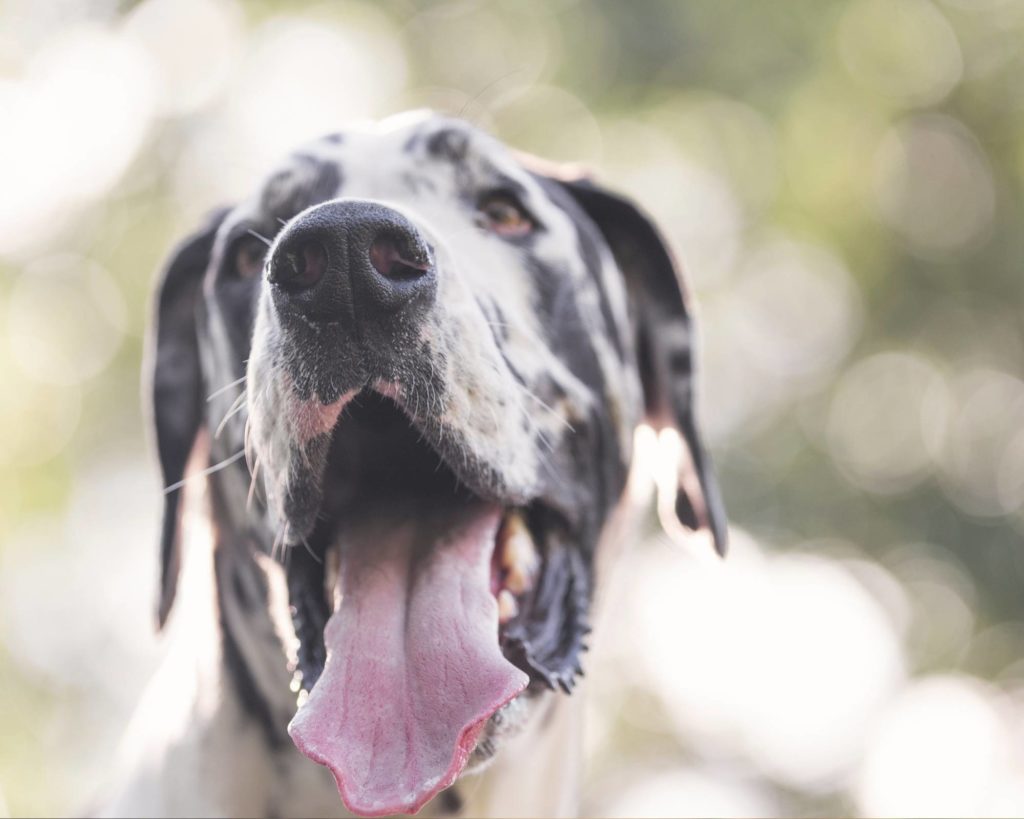
Get Out of There!
Remember, Great Danes are NOSY. They want to know what is going on, why it’s happening, and how they can help.
They will slam open doors, stick half their body into the open fridge, jump into the car (hopeful for a ride somewhere), and be the first ones to greet your guests.
That’s why teaching a solid “OUT” or “WALK AWAY” command to your Great Dane is so important.
“OUT” or “WALK AWAY” means, “get the flip out of there“.
Keep in mind that some people use the term “OUT” to command a dog to drop something or stop in bite work sports, so if that’s you, choose a different word.
By using a calm voice, you can help keep Bozo or Jackass from getting into places they shouldn’t – like the neighbor’s trash cans.
How to teach this:
With your dog on a leash, encourage them to explore something interesting and novel such as a box or toy.
Then say “WALK AWAY” and apply a small amount of leash tension. As soon as your dog turns towards you, say YES and then toss a few treats on the ground. The treats should be behind you so that your dog has to literally walk away from the object to get to them.
Repeat this several times, then practice again another time or day. With time and practice, your Great Dane will understand the command and you’ll be able to give it when needed. For example, when Doofus Face is nosing into the bathroom while you are taking a shower.
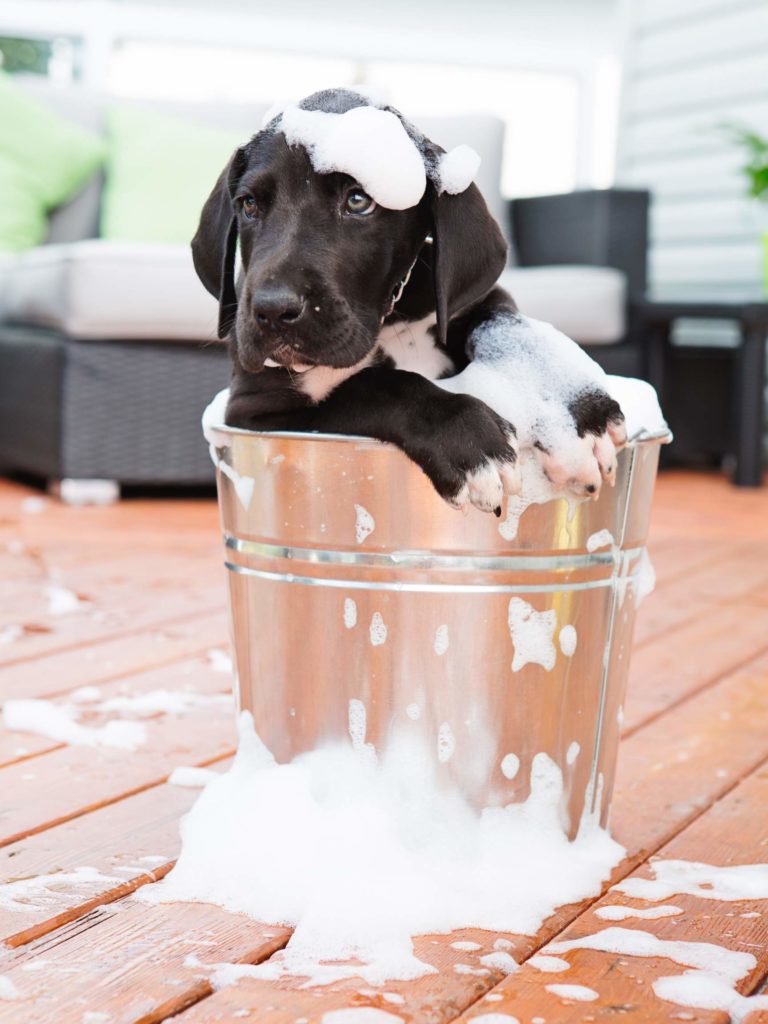
Get Off of That!
Jumping is for trampoline parks, and coffee tables are for…coffee.
The “OFF” command literally means “get off”. That could mean anything from “Get off of our guests” and “stop jumping” to “get off of the back of the couch!” or “why are you on the table, again!”.
Many a jumping Great Dane has landed a human in the ER with bumps, bruises, and breaks. Not to mention the fact these so-called “majestic” creatures are nothing more than giant, clumsy cats.
They believe they fit on laps, love to give kisses, and are likely to have no hesitation about getting on top of crates, tables, or counters.
Great Danes do NOT KNOW HOW BIG THEY ARE.
I repeat. They have no clue and they don’t care, either.
You have to teach OFF. For Great Danes, this particular obedience command is more important than “SIT”. Prove me wrong! If you are ready to learn how to train a great dane not to jump, get on top of things, or hop the fence, read on.
How to teach this:
The trick with this particular command is that to truly practice it, your dog may have to be doing something we don’t want them doing. However, because we don’t want Big Bella practicing the behavior of sitting on top of the counters, it’s best to avoid that situation.
You can replicate it, however, with a towel.
Keep your dog on a leash. Put a towel on the ground and ask your dog to be on it (it’s helpful if your dog knows the “PLACE” command, which we cover below).
Say “OFF” and toss a treat away from the towel. If your dog won’t leave the towel, add a little leash pressure as a tactile communication.
Rinse and repeat. Several times, because dogs need repetition!
With time, you’ll be able to apply the “OFF” obedience command to several things (for example, jumping on a guest or the fence, which should be first practiced while your dog is on a leash. As soon as your dog goes to jump, say “OFF” and toss a treat away from the person or thing that they are jumping on).
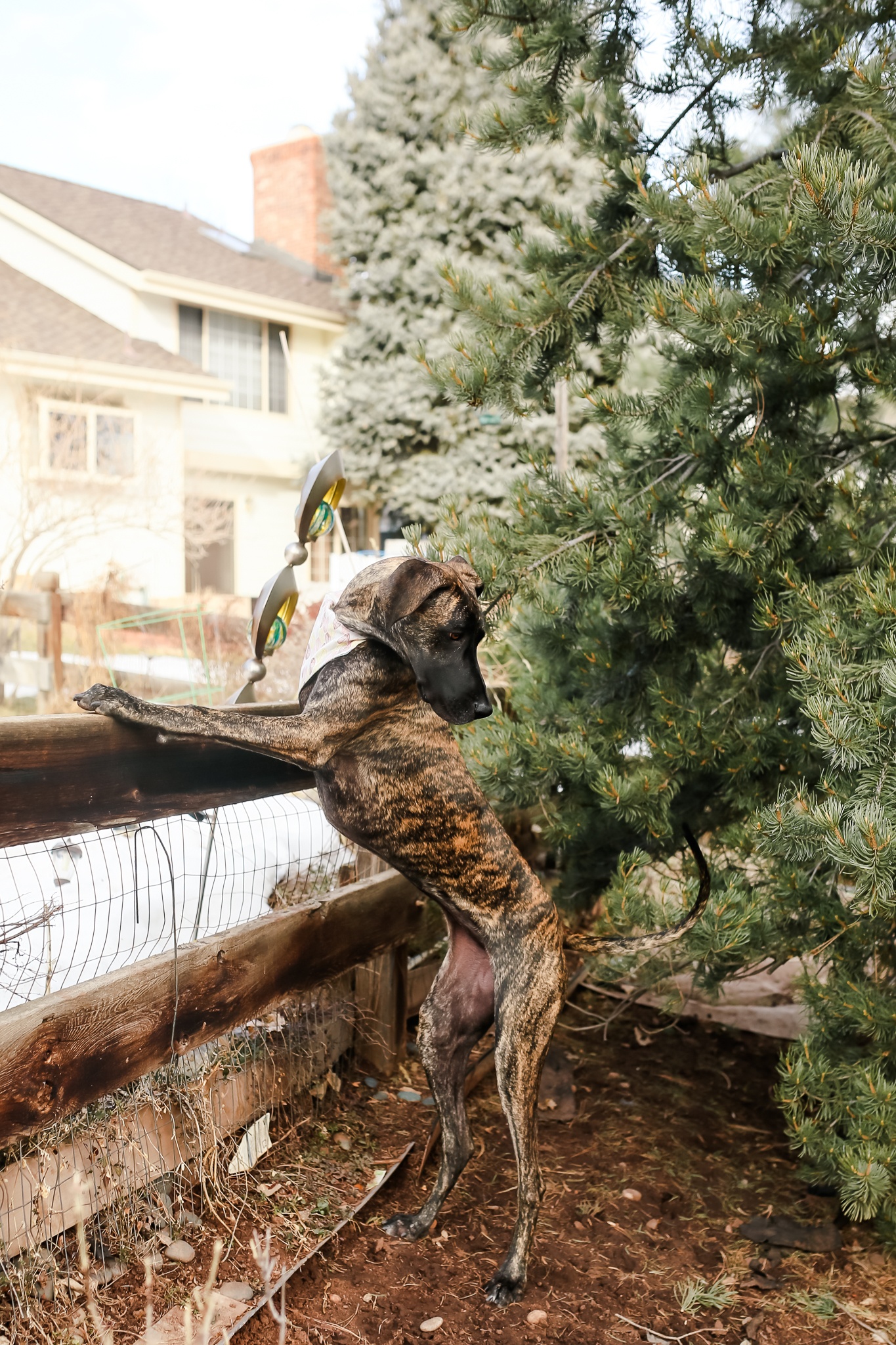
Quit Pulling, We’re Not in a Sled Race!
Great Danes that pull, lunge, or display reactivity on a leash are actually pretty dangerous animals. I’m not talking dangerous like a shark, I’m talking dangerous like a FREIGHT TRAIN.
Yes, even sweet Moose, who wouldn’t hurt a fly, can take you for a ride if he sees a squirrel he wants!
Enter the following commands “HEEL”, “WITH ME”, “EASY”, “TOUCH”, and “LOOK”.
I know what you are saying here. “But Hello Danes people, that’s 5 commands for just this one thing!!!”
Hear me out. All of those sub-commands are how you will be able to safely and gently control a young, powerful, 140 lb intact male dog on a loose leash. But they have to be taught.
- Heel – Walk neatly by my side
- With Me – Walk nicely near me
- Easy – Cool your jets
- Touch – Touch your nose to my palm
- Look – Make eye contact with me
How to teach this:
Because this is SUCH a broad topic, here are some of our favorite articles. There are many theories out there on how to control a Great Dane; we wouldn’t be Hello Danes if we didn’t share our favorites (and our gripes, too).
Like this one on why using a Prong Collar on a Great Dane is the most humane, effective, and safe choice. Or this one, on why a Gentle Leader might damage your dog. Or this one, on why harnesses are dangerous on Great Danes, especially ones that pull. Or this one, on how to teach good leash skills using Positive Reinforcement.
As before, good training uses a lot of treats. Here are some of our dog’s favorites:
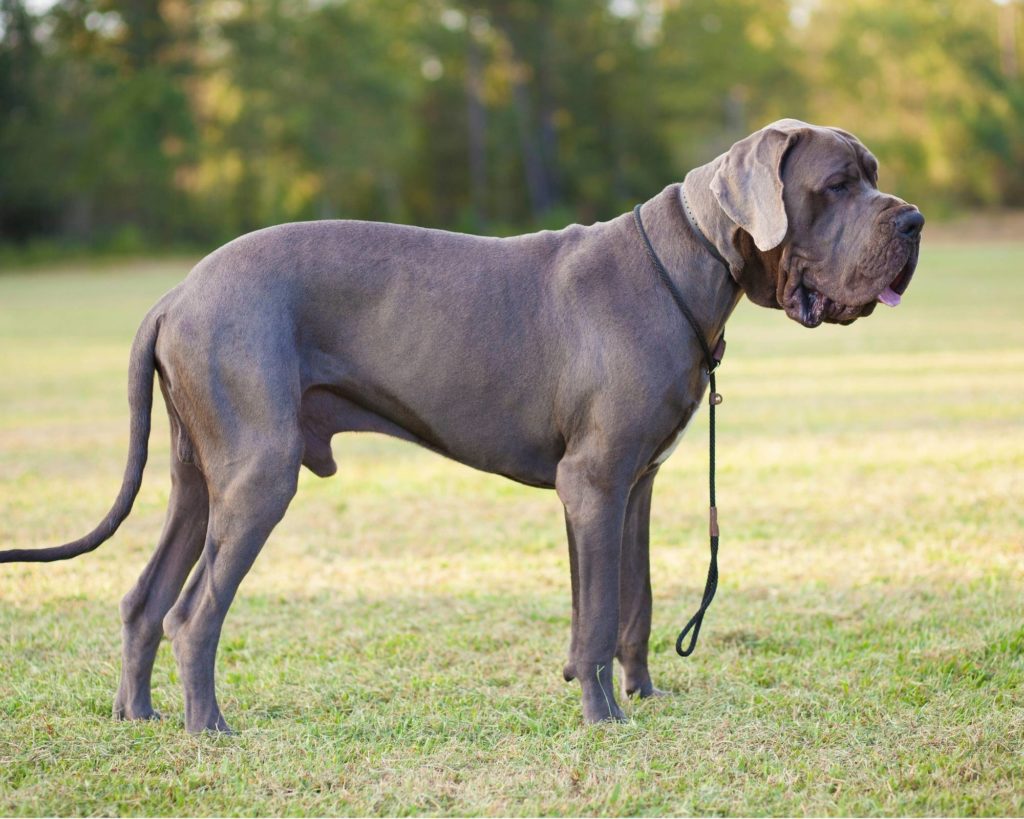
Stay Put!
Sometimes we want our Great Danes to walk by our side. Occasionally, we may even welcome them throwing their entire bodies onto our laps or jumping up onto our shoulders for loving. Other times, we want to watch them run and zoomie all over the place.
That is, of course, until they become an elephant in an antique store.
To put this bluntly, there are times when you just need Wreck-it-Wren to stay in one place. Stop moving, stop knocking things over, stop stepping on toes, stop begging at the dinner table, stop rushing the door when guests enter the home…shall I go on?
Enter the “PLACE” command. Think of it like your dog’s charging device. Occasionally, they need to go back on their chargers to rest and stay out of your way.
How to Teach This
Use a mat, towel, elevated cot, or dog bed.
Throw a treat on the mat and say “PLACE”. Your dog will go onto the mat, at which point you will also praise your dog. Then say “FREE” and toss a treat off of the mat.
As with all good dog training, rinse and repeat.
Gradually add time between your “PLACE” and “FREE” commands, and with practice, you’ll even be able to walk away. Start by taking one step back, then 5, then 10, and so on until you can go out of sight, open the front door, or eat a meal and have your dog stay on the mat until you say the magic word (FREE).
You don’t need to use corrections, pressure, or frustration to teach this! Just be patient and take baby steps.
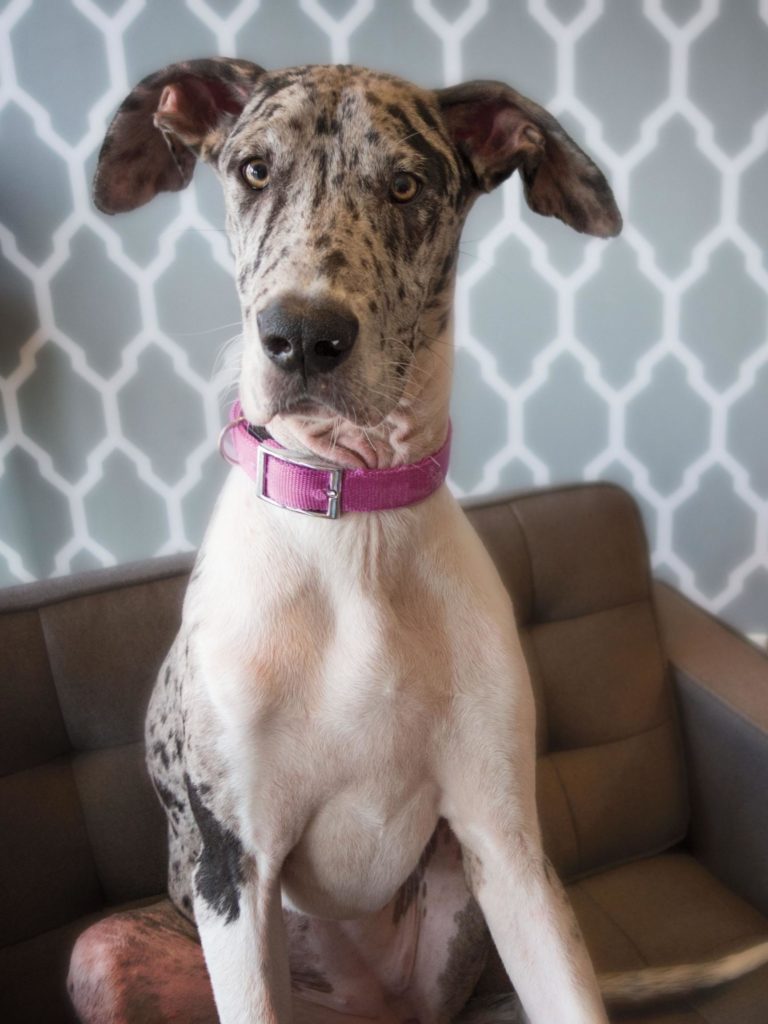
Hey You, Get Back Here!
I don’t know about you, but I don’t want my giant freight train of a dog running amok off-leash and refusing to come when called.
That said, most Danes are pretty clingy animals and easy to off-leash train! The problem is actually (as Taylor Swift says) this:
“Hi, it’s me. I’m the problem, it’s me”.
Don’t believe me? Here is my list of ways that people sabotage their dog’s recall before they even get started. For fun, give yourself one point for every failure:
- Allowing a dog off-leash that isn’t 100% reliable off-leash
- Scolding a dog who ran off, when they finally do return
- Shouting at and chasing a dog who ran off
- Using dated, punitive training techniques that teach dogs to fear us and stay away (alpha rolls, intimidation, shouting, tapping, hitting)
- Never allowing a dog off-leash or safe long-line freedom of any kind (making it a novel experience)
- Never actually teaching a dog that the word “COME” = high-value treats, praise, play, and fun
How to teach this:
You need a LONG LINE, HIGH-VALUE TREATS, and a modern E-COLLAR.
Now before you get on me about the ‘Shock Collar’, learn about them here.
Use the long line and the treats to teach and reward recall (“COME”) several times in several different places. Your dog should be able to come back for a treat, praise, or fun game from 1 foot away or 20 feet away in several environments.
Now, if you did an OOOPS and scolded your dog, even once, for ignoring the word “COME”, I suggest changing that word to something that you can build a fresh positive association with. Examples include “HERE” or “JOIN ME”.
Coming back should ALWAYS be a party and a good time.
At that point, you can layer in an E-Collar, which uses gentle muscle stimulation to replace leash pressure (making it an exceptional backup device for off-leash exploration anywhere you go).
SHOP E-COLLARS HERE and use code HELLODANES for 10% off.
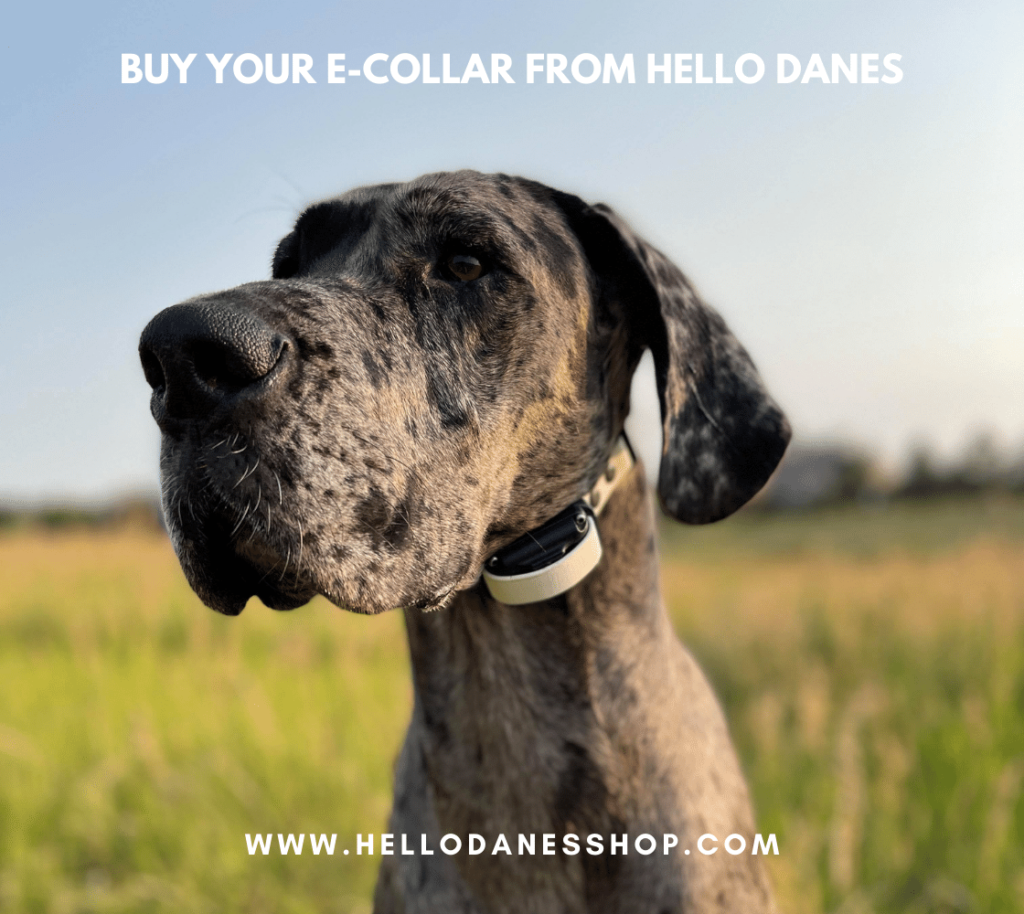
Need more Great Dane obedience training ideas?
How to train a Great Dane puppy not to bite
Are you training a stubborn Great Dane, or is your stubborn Great Dane training you?
Great Dane Training Schedule (for Potty Training)
